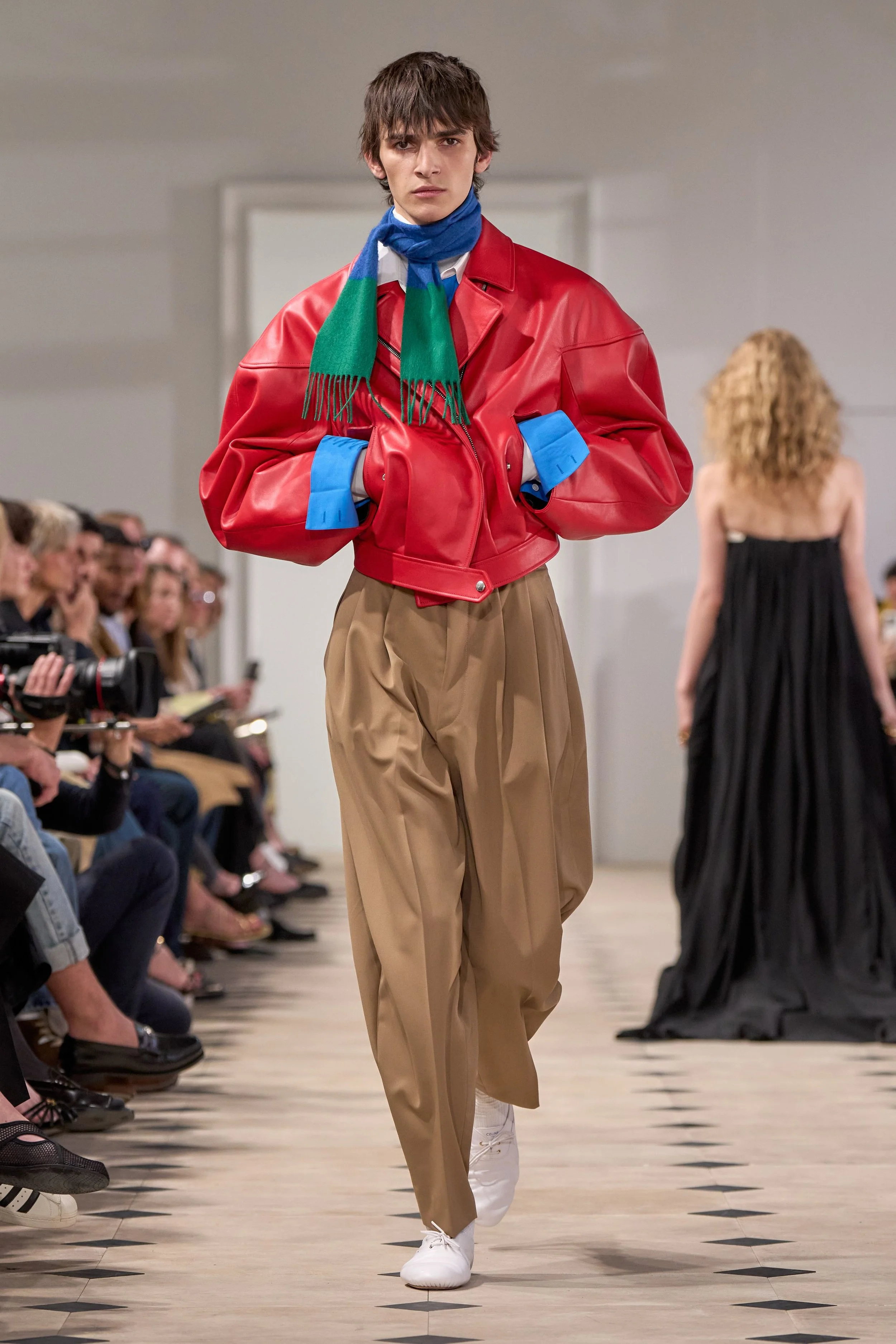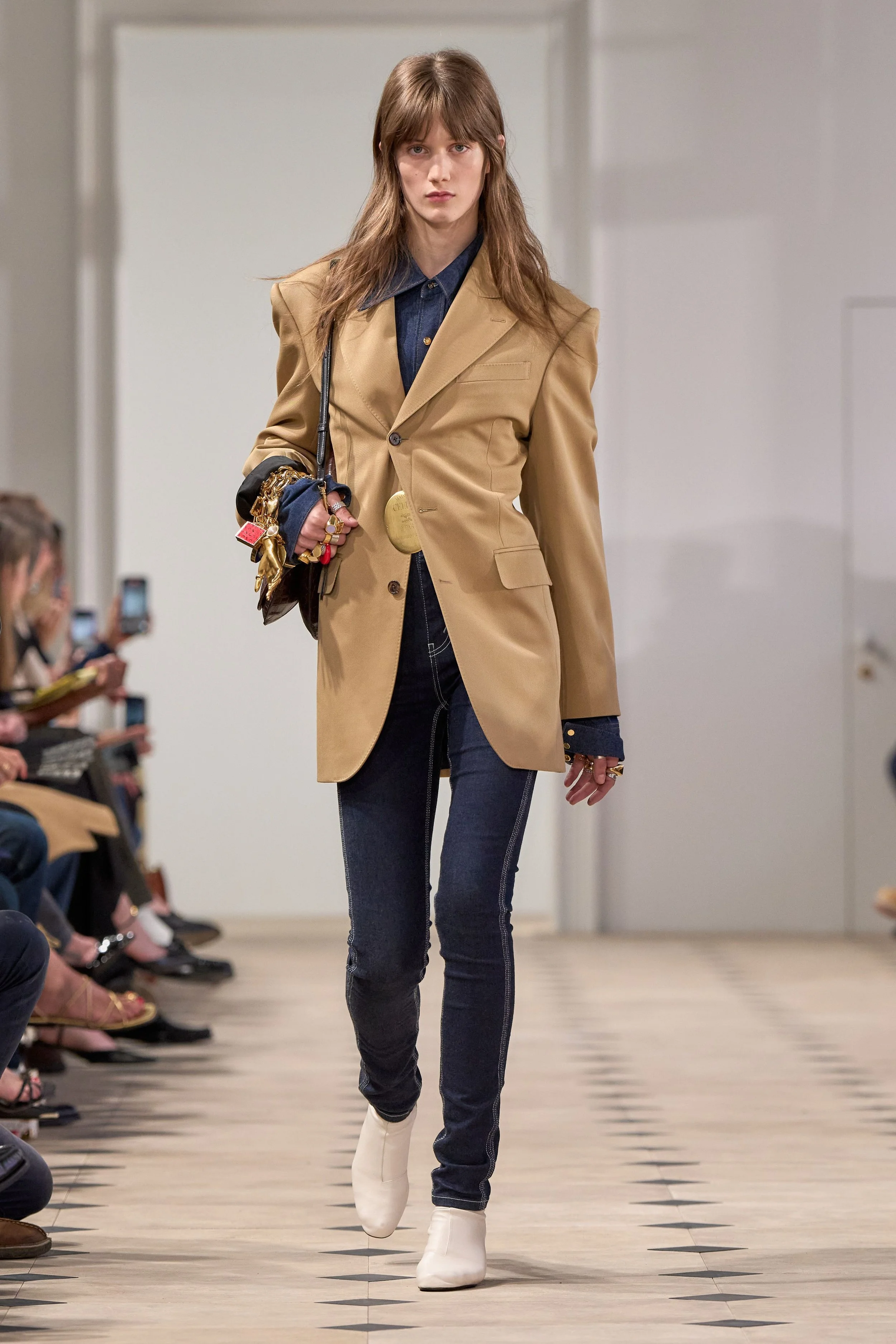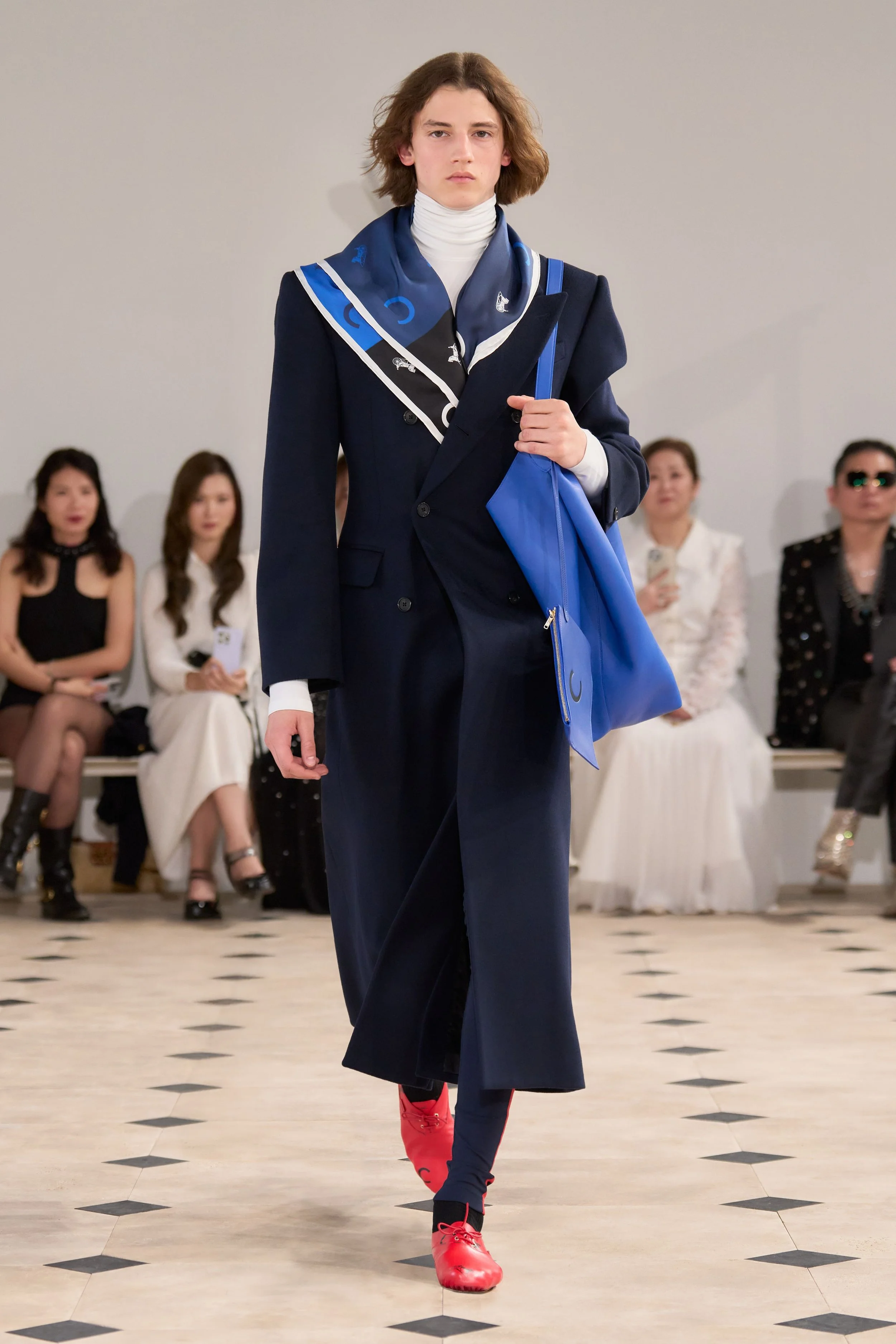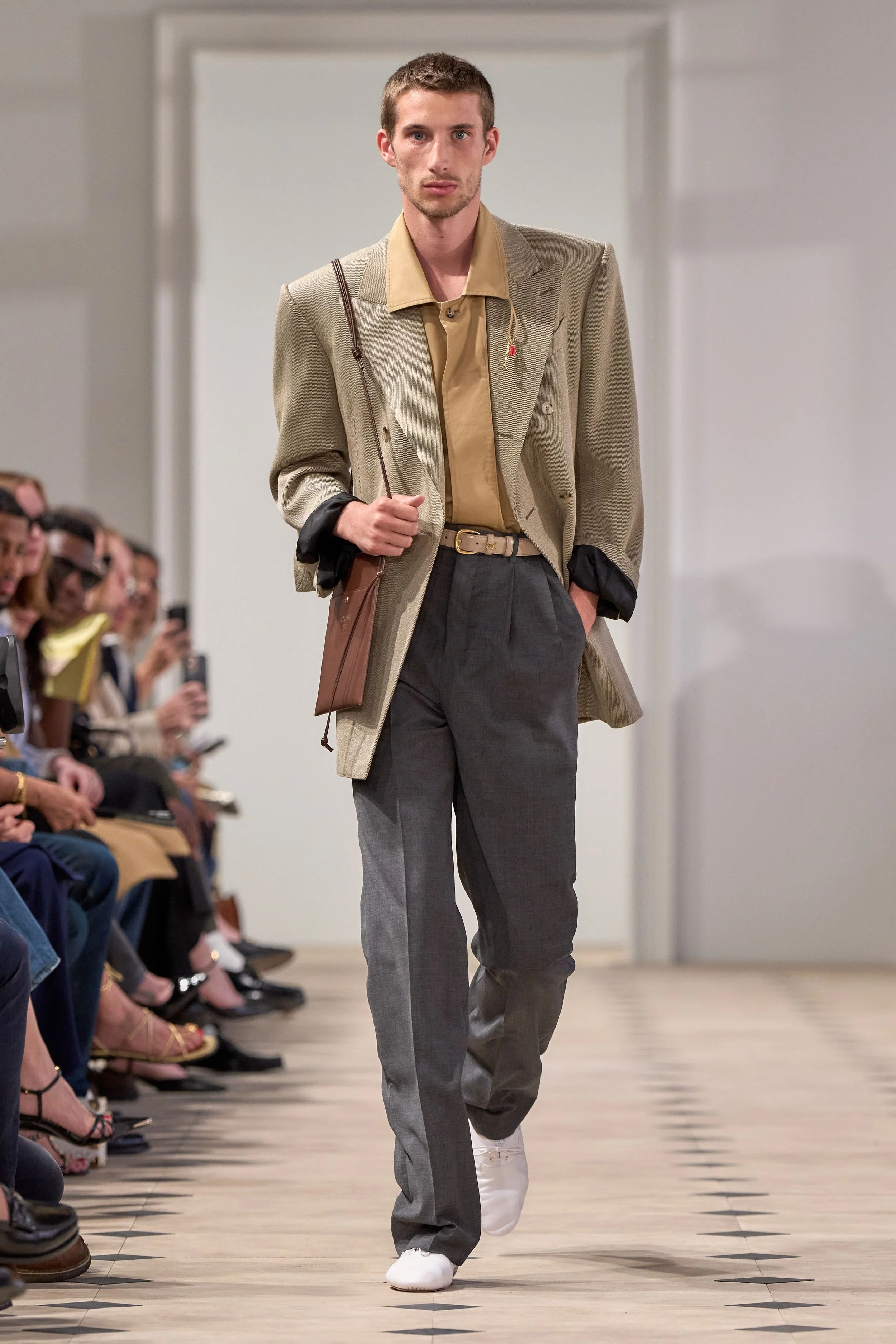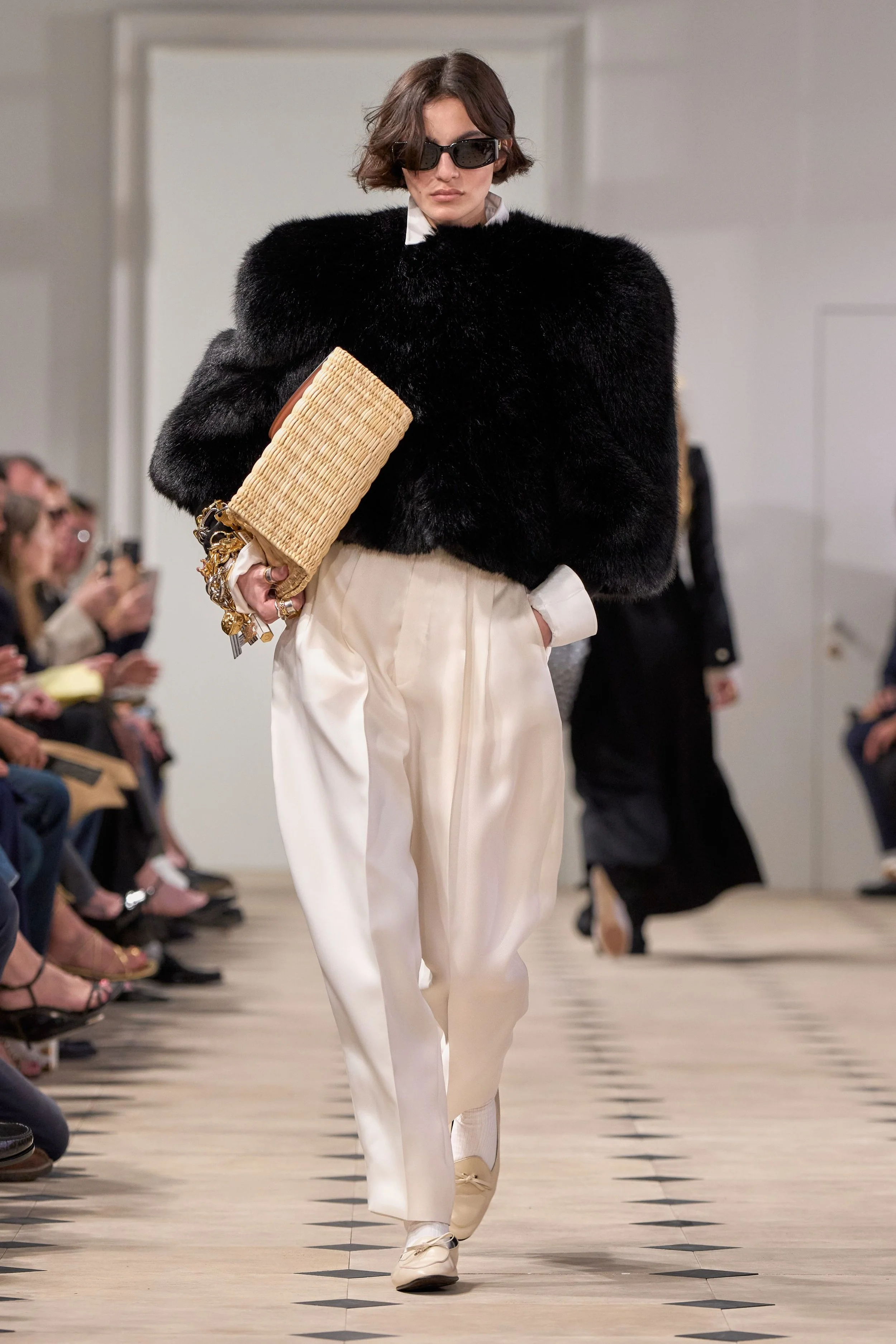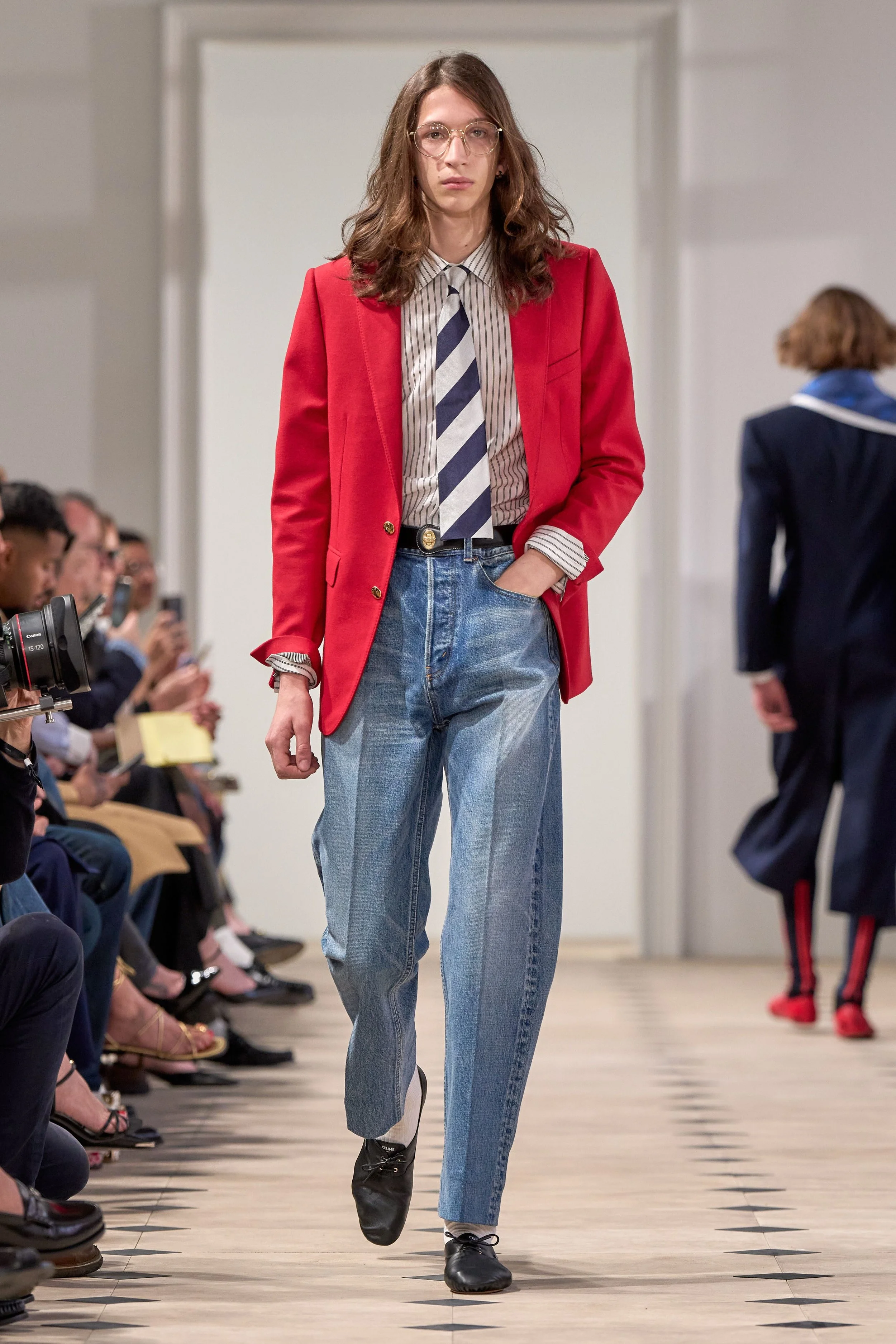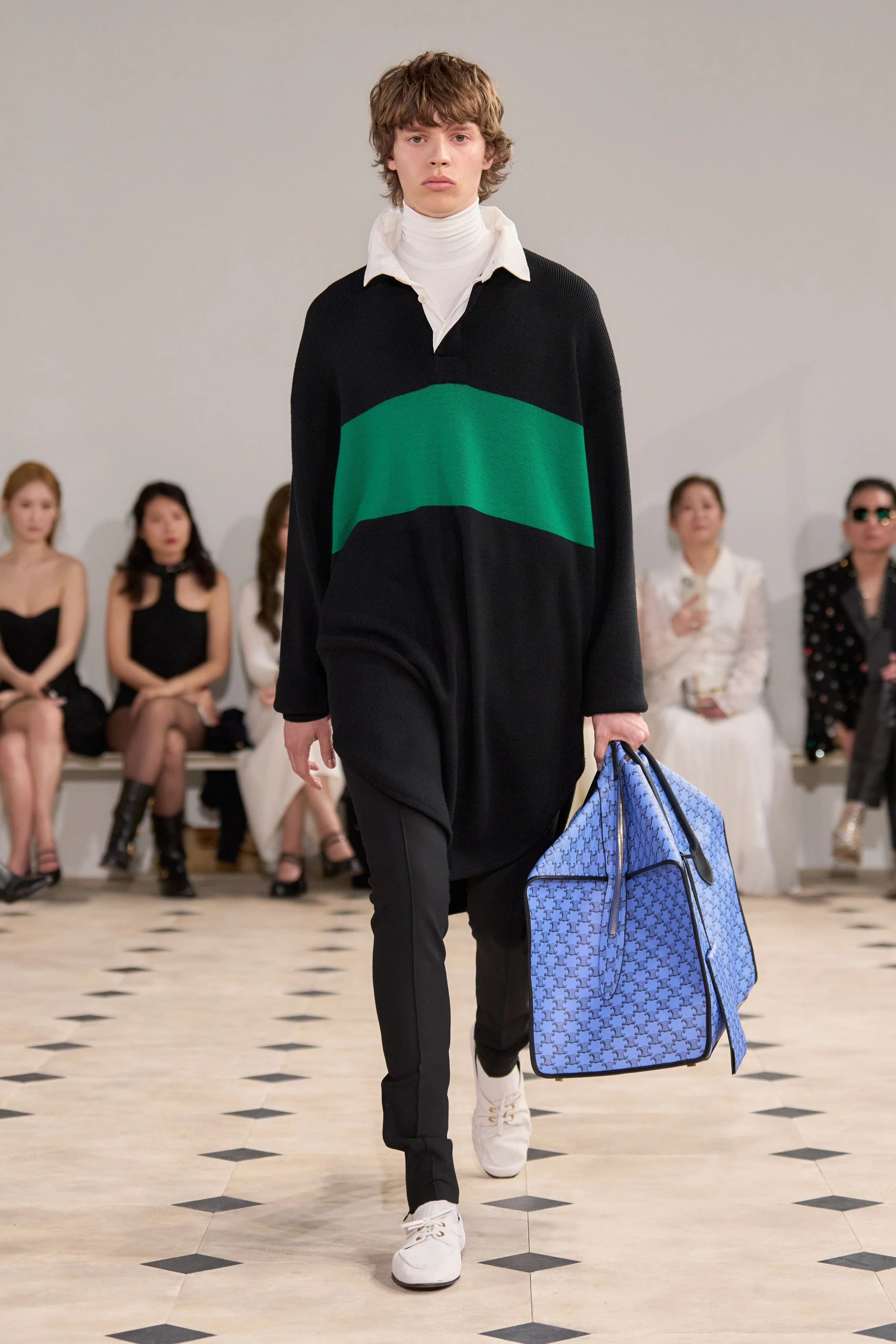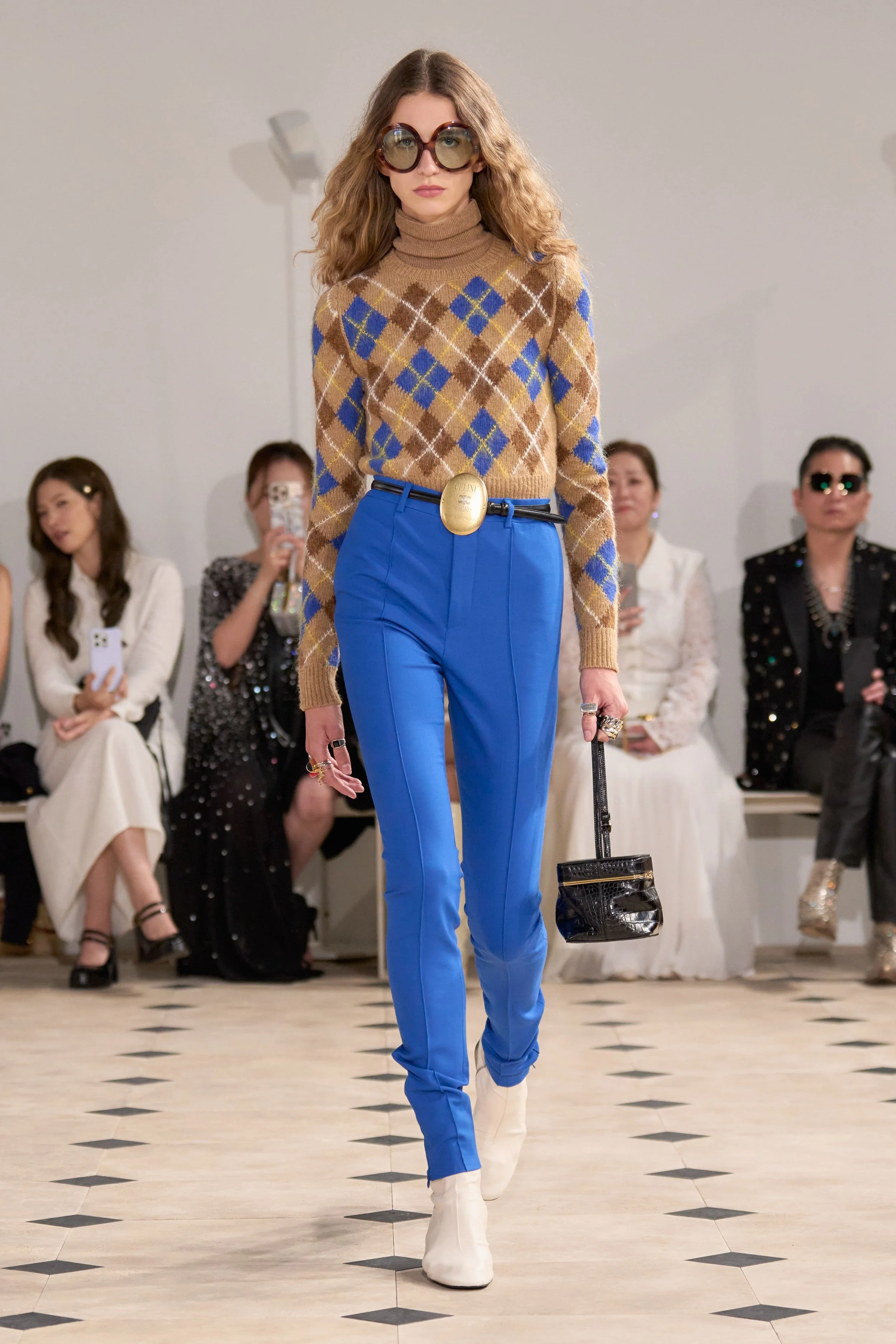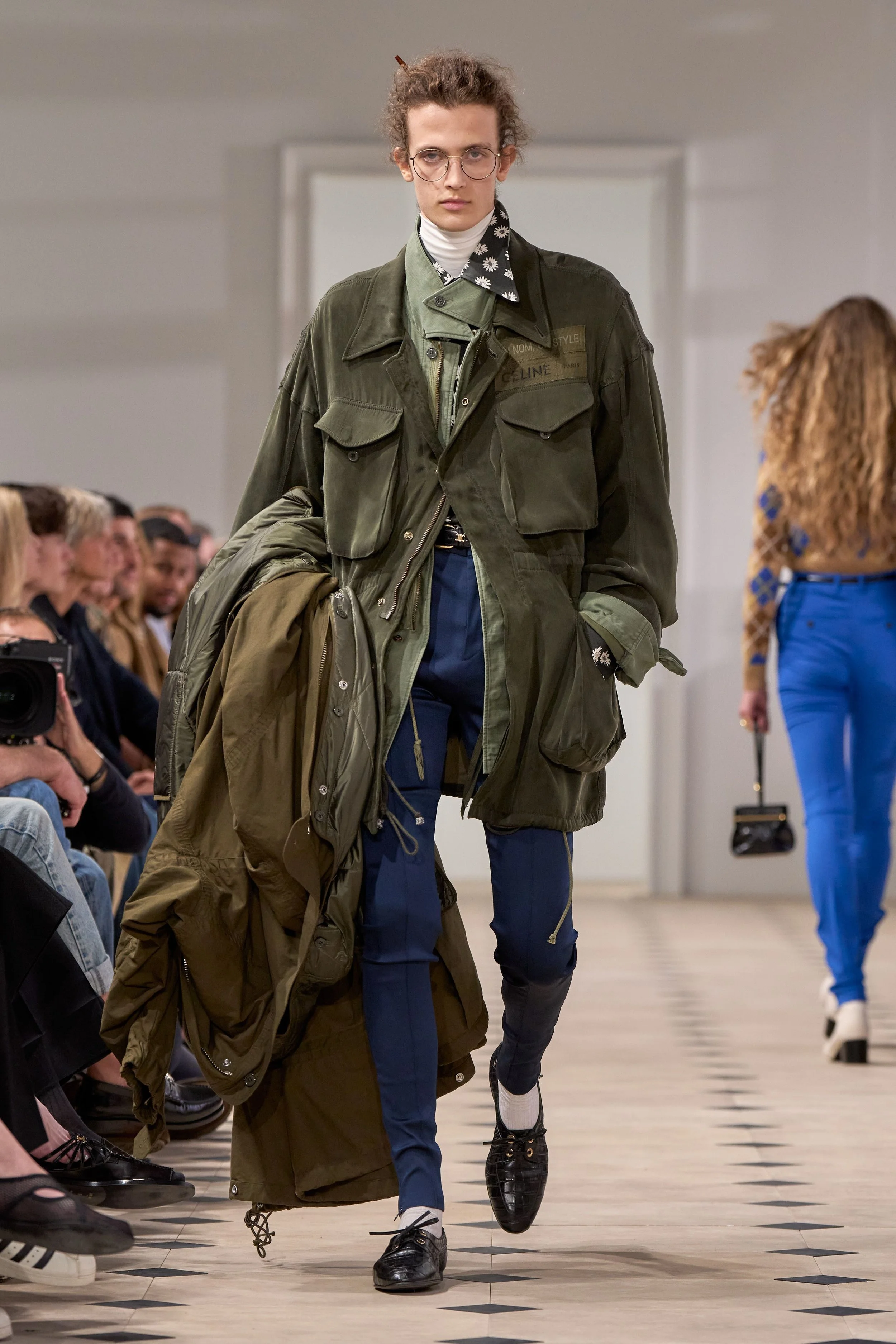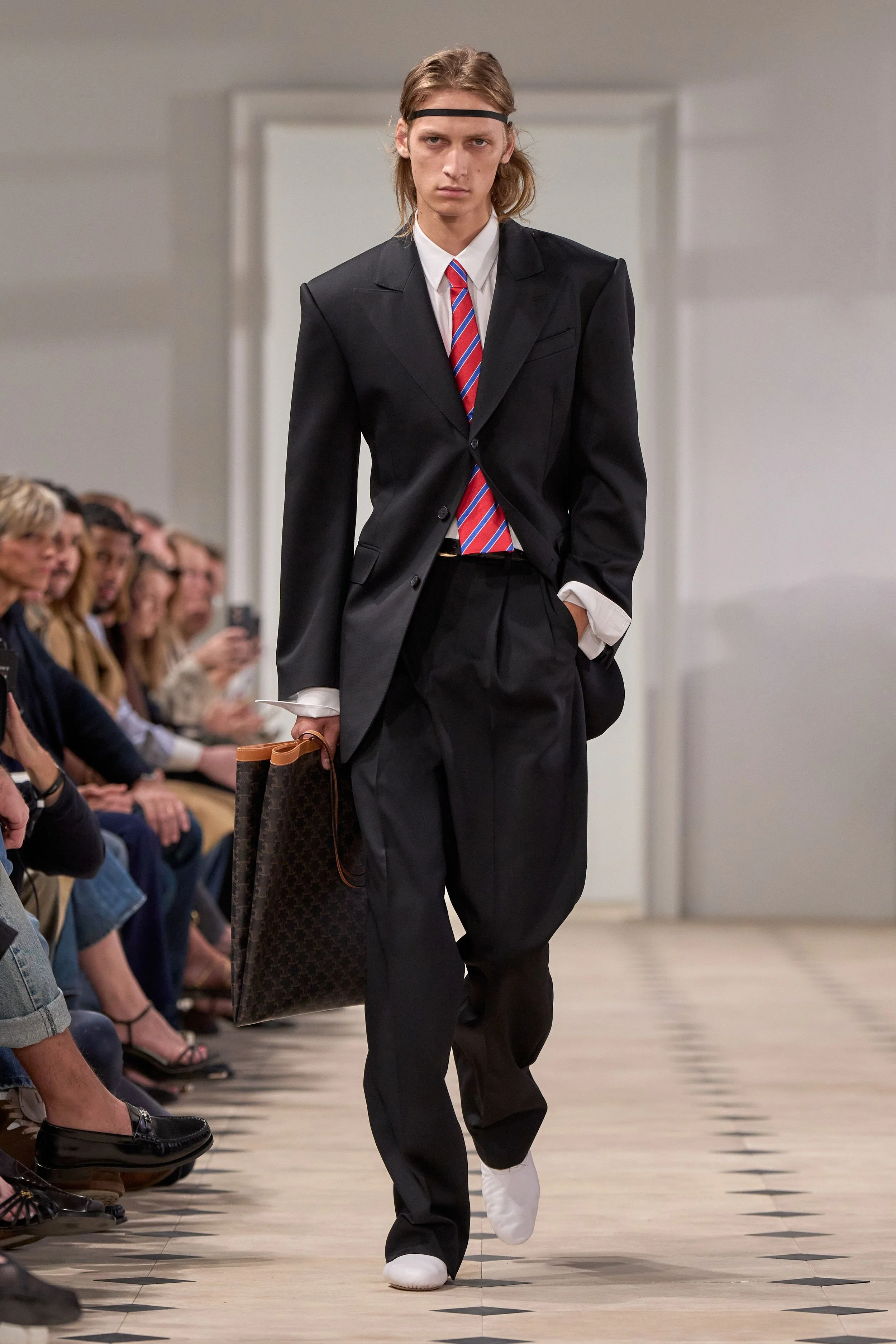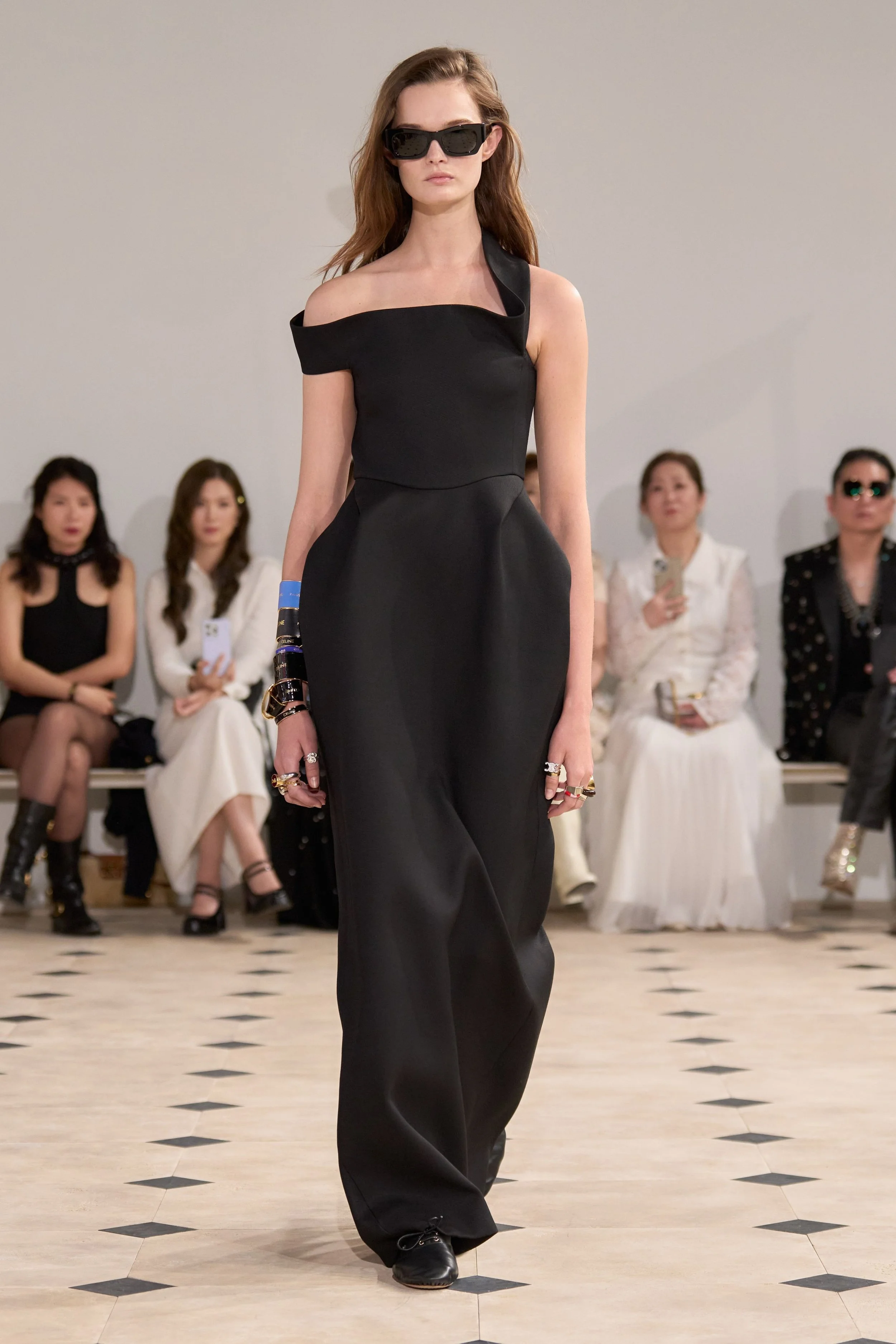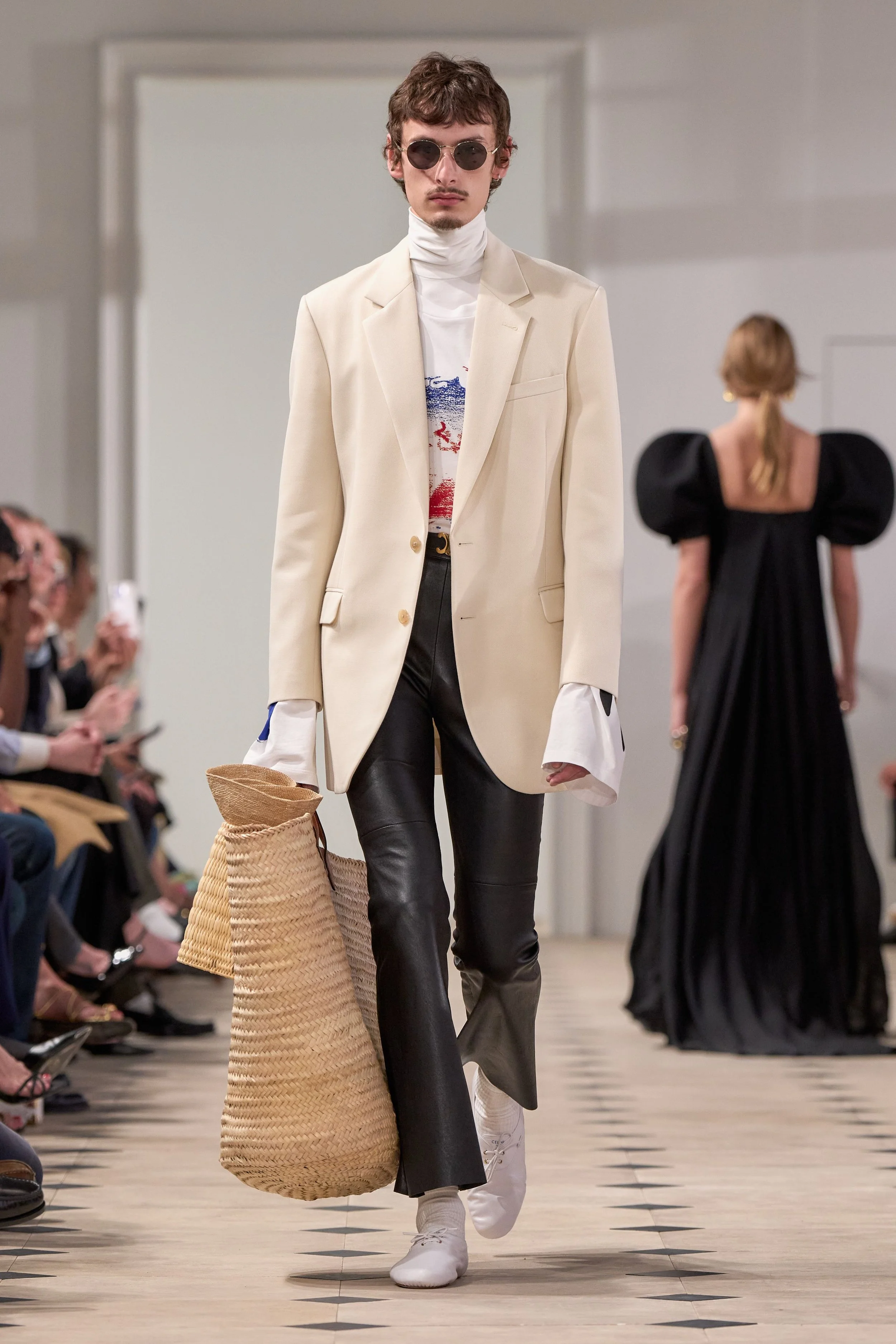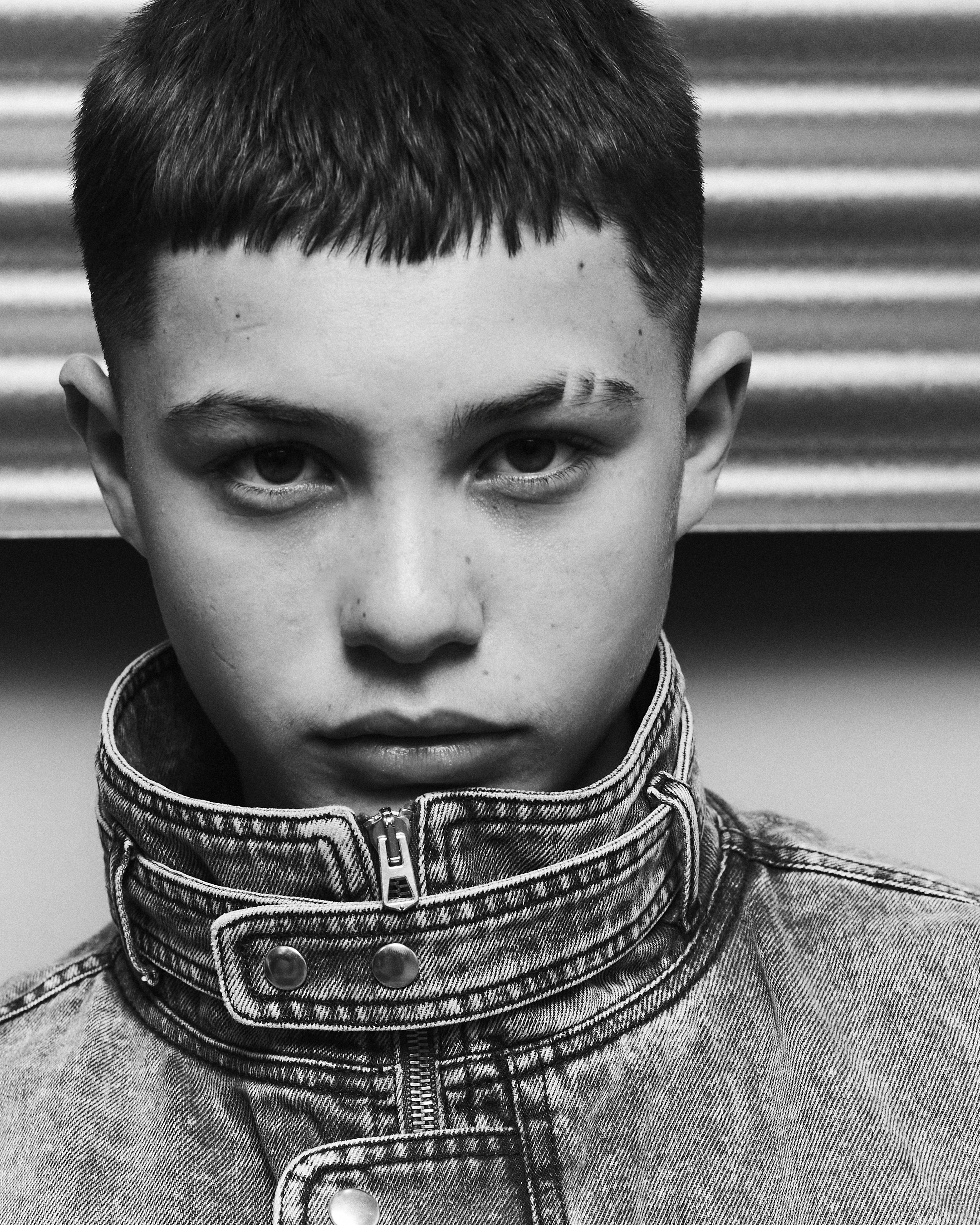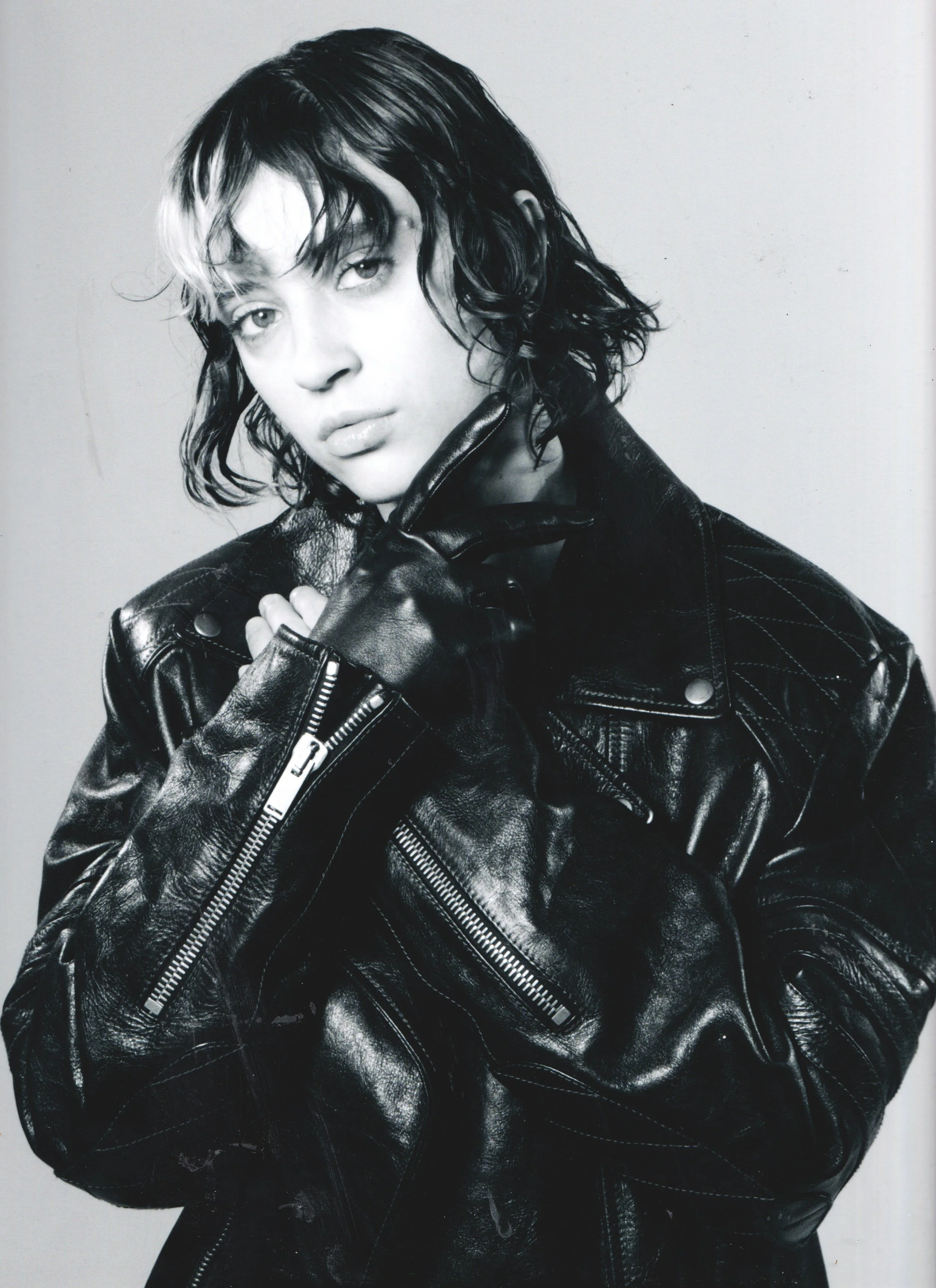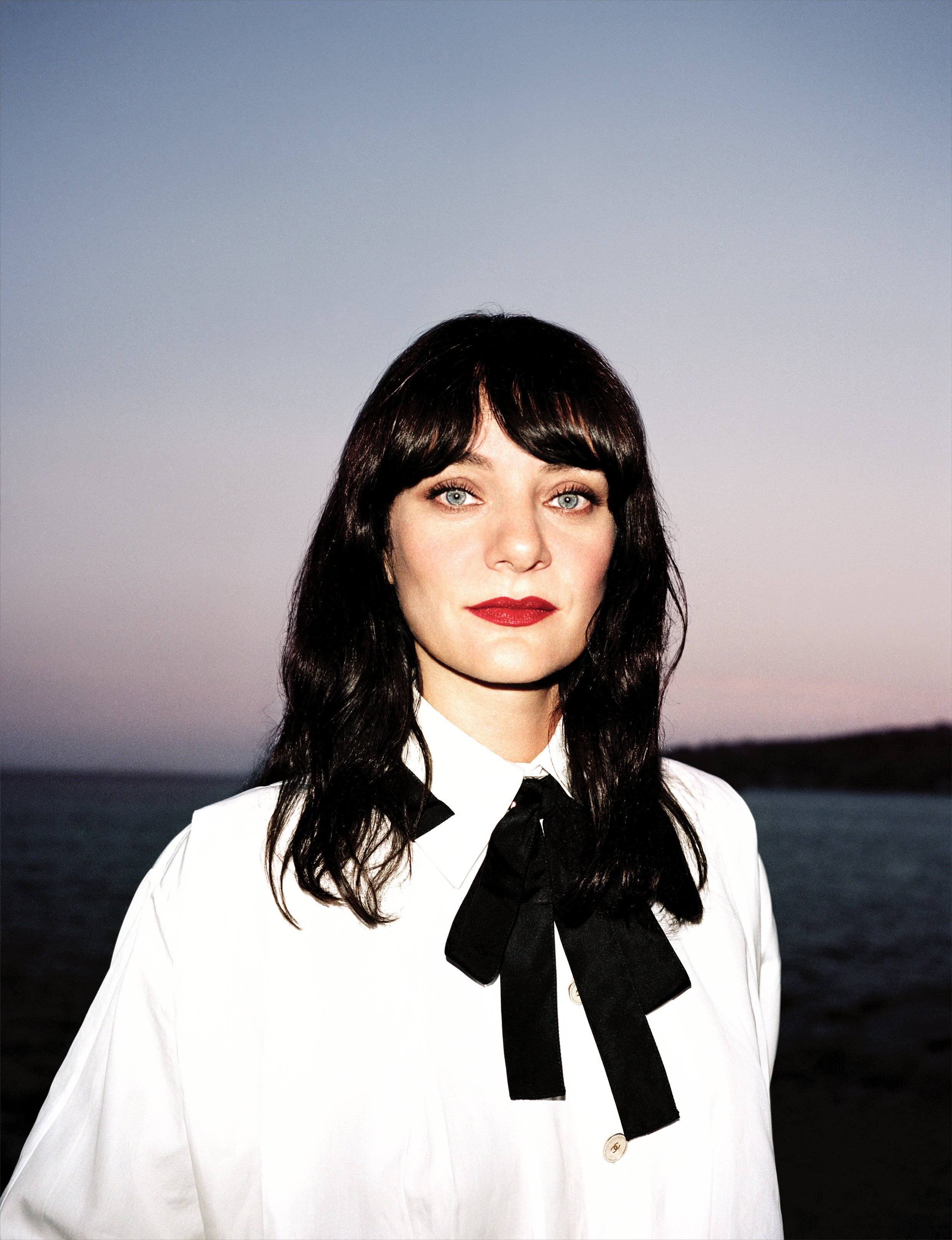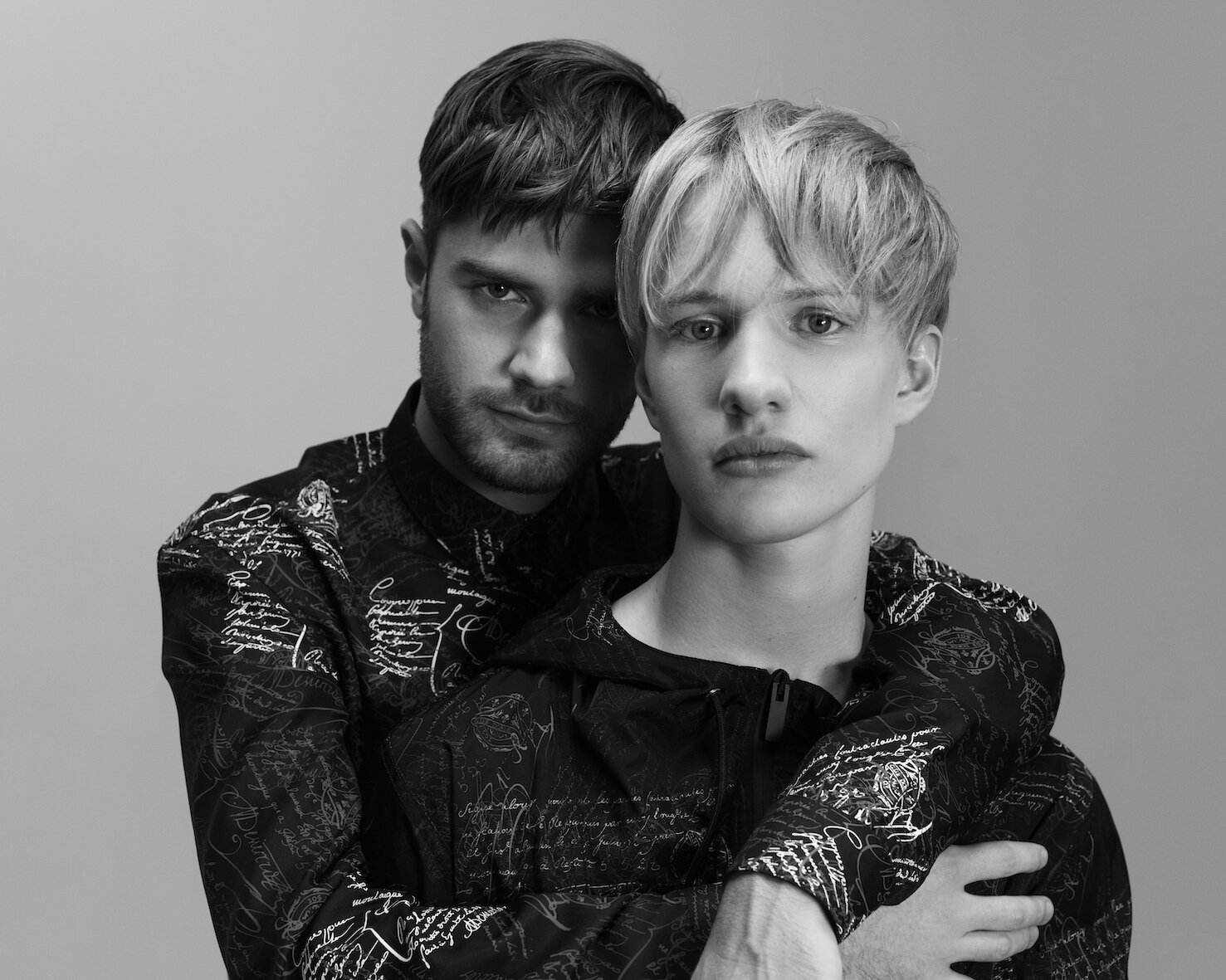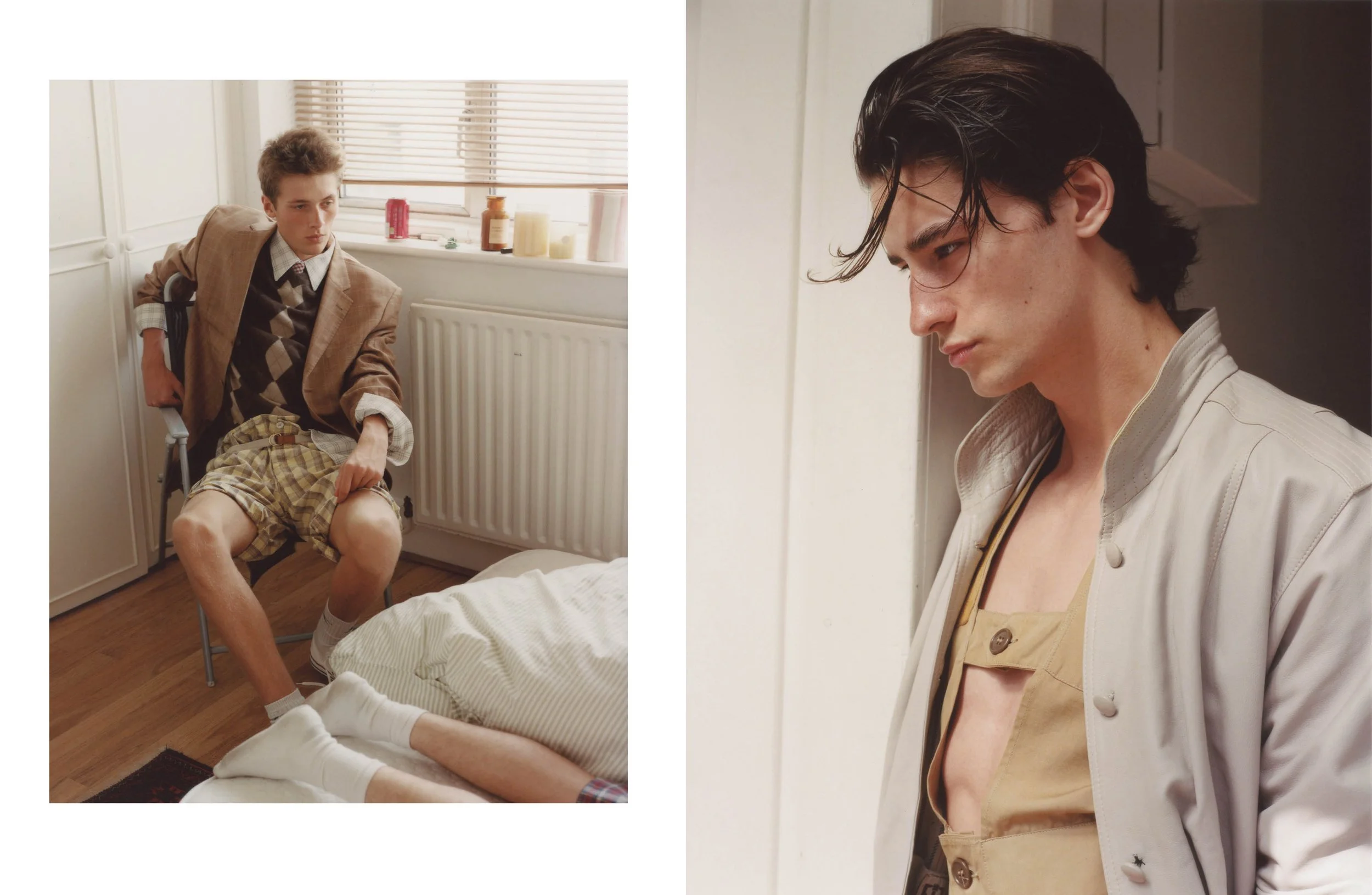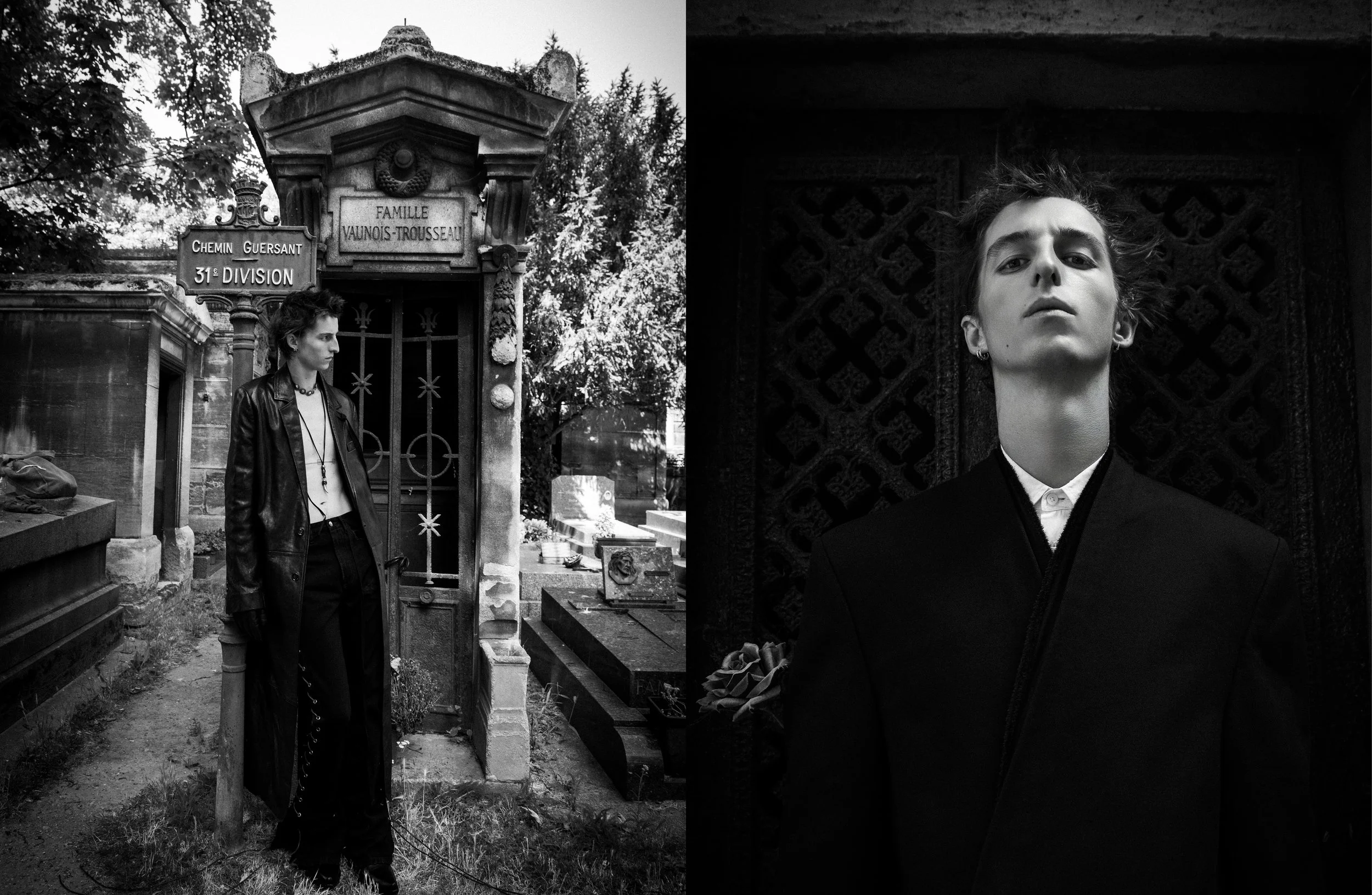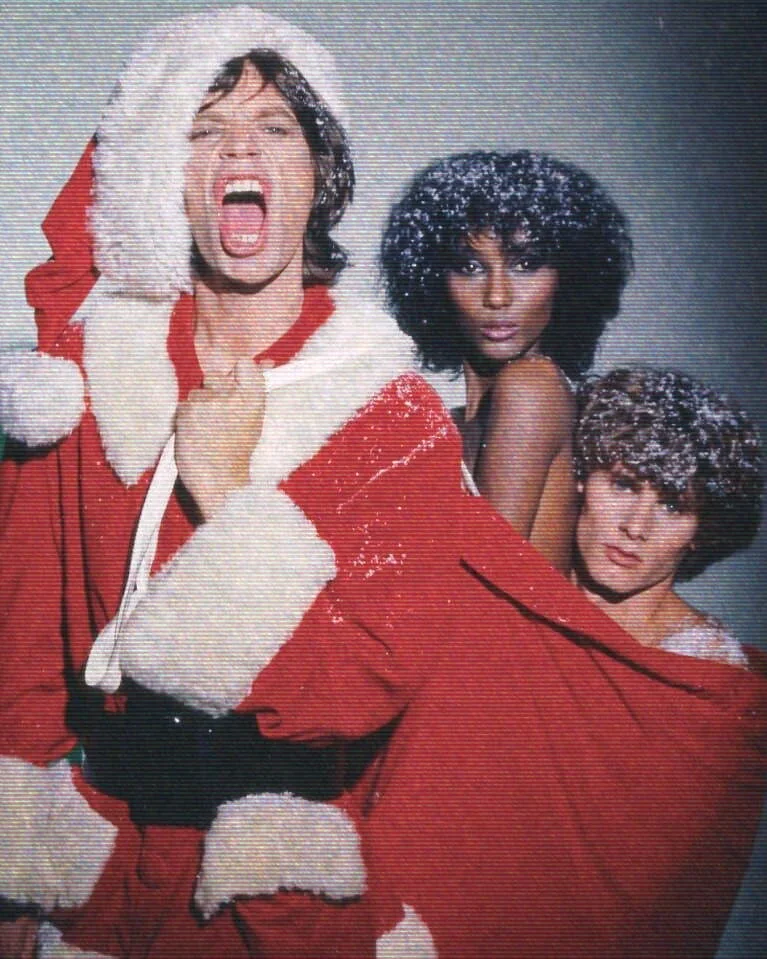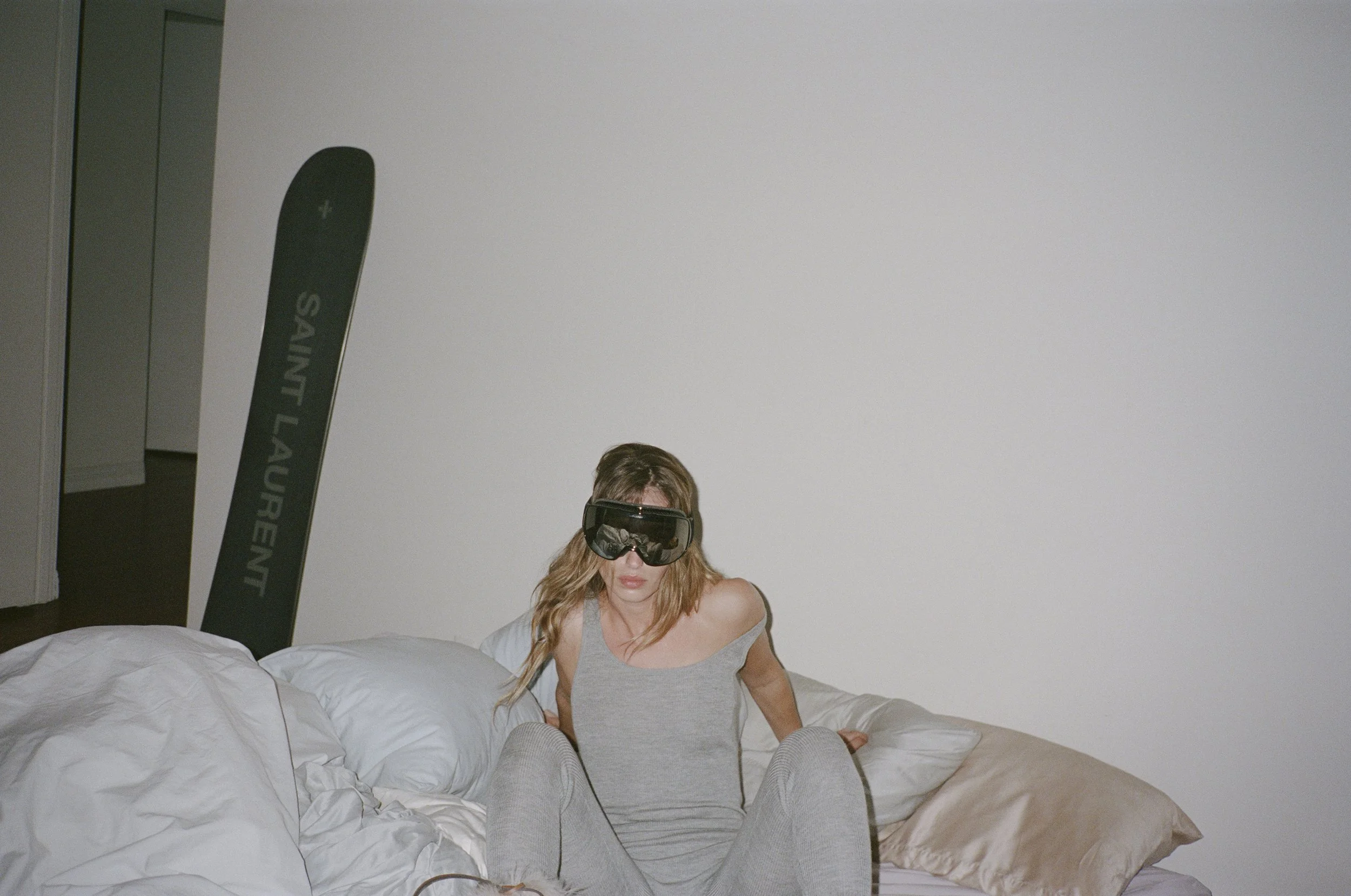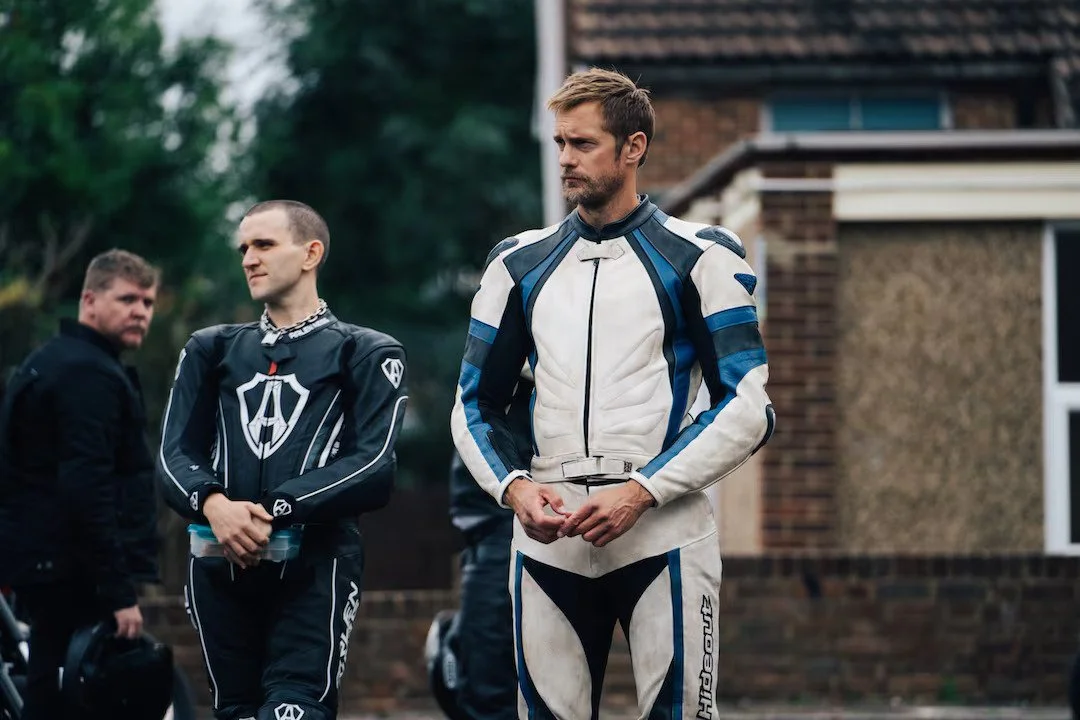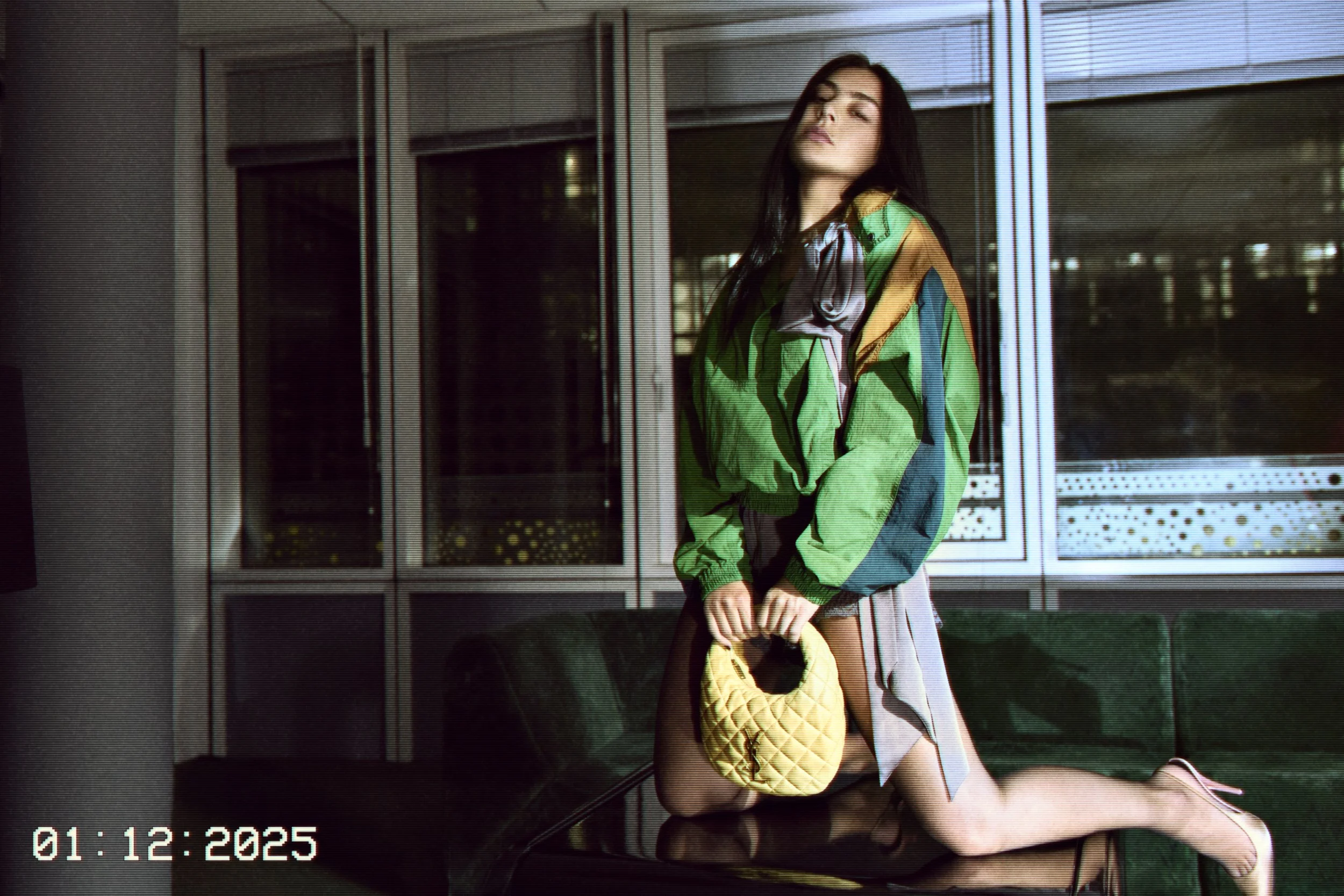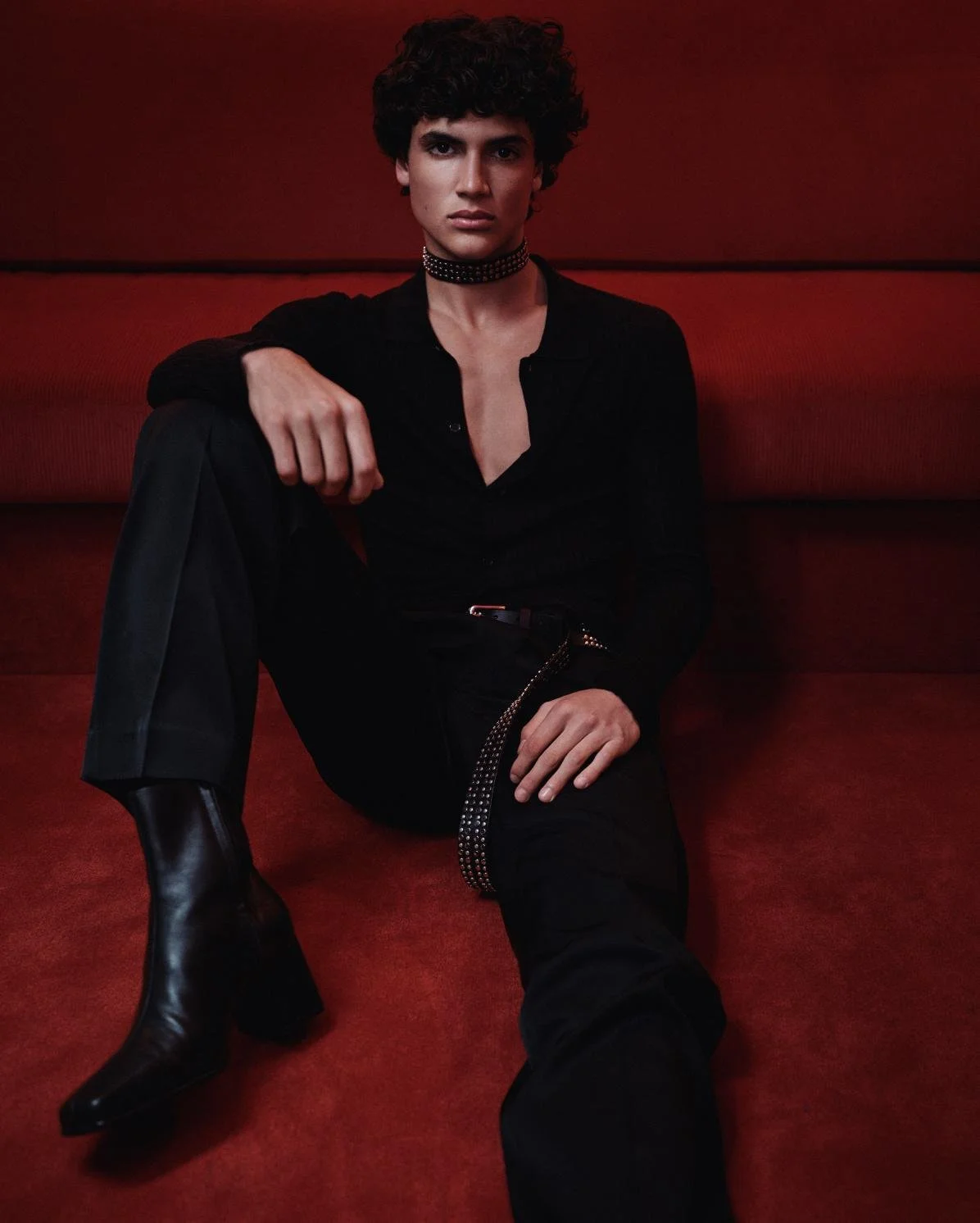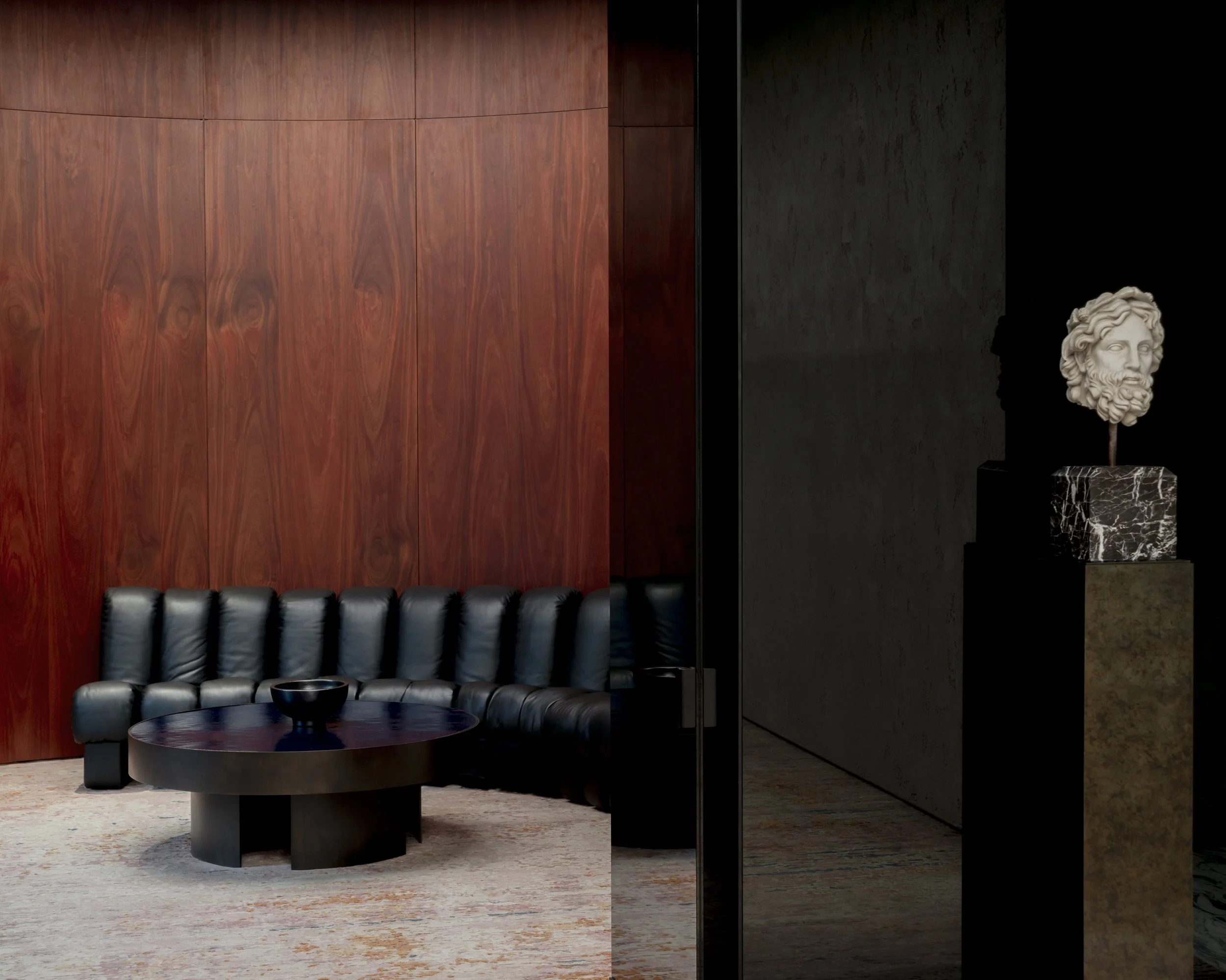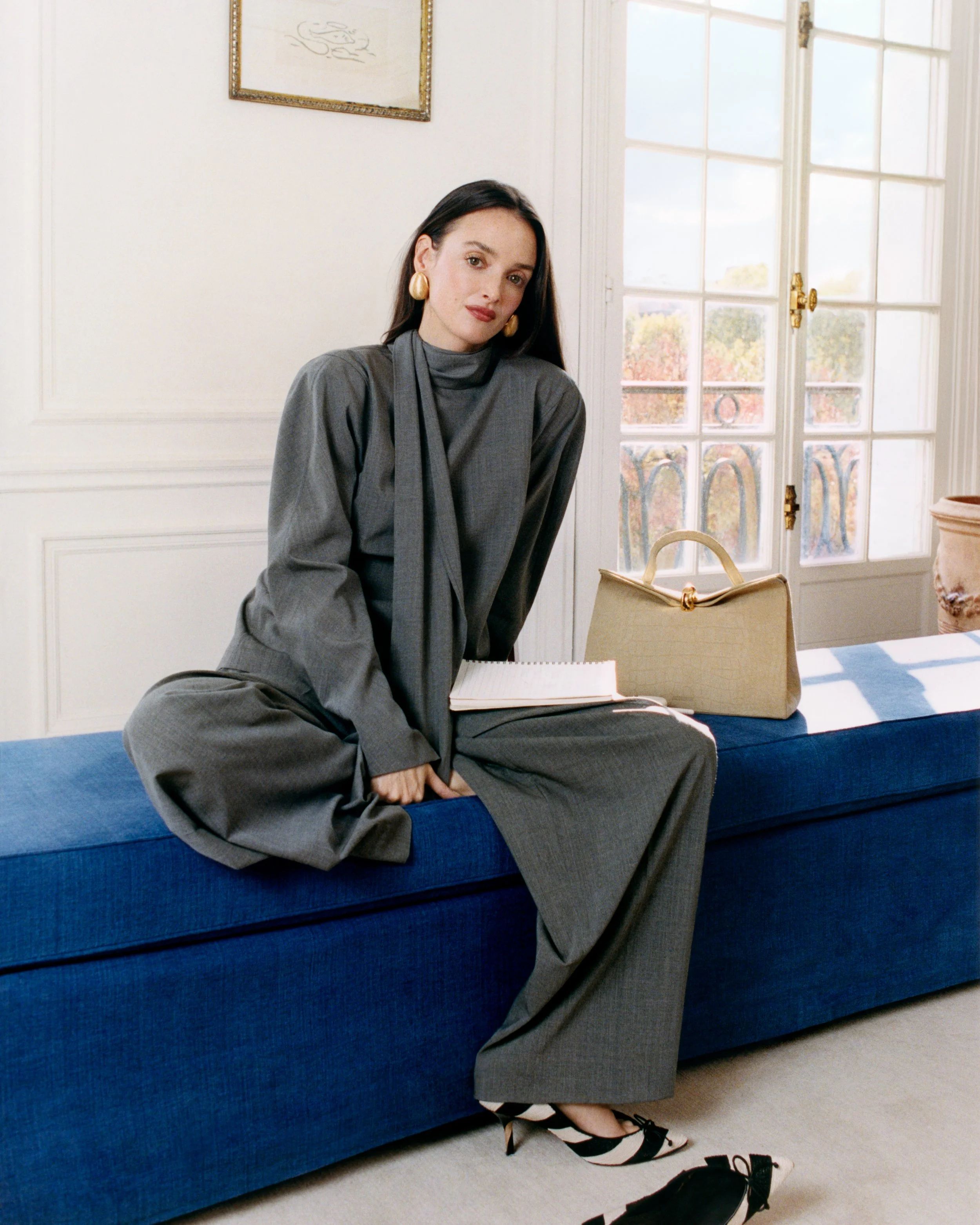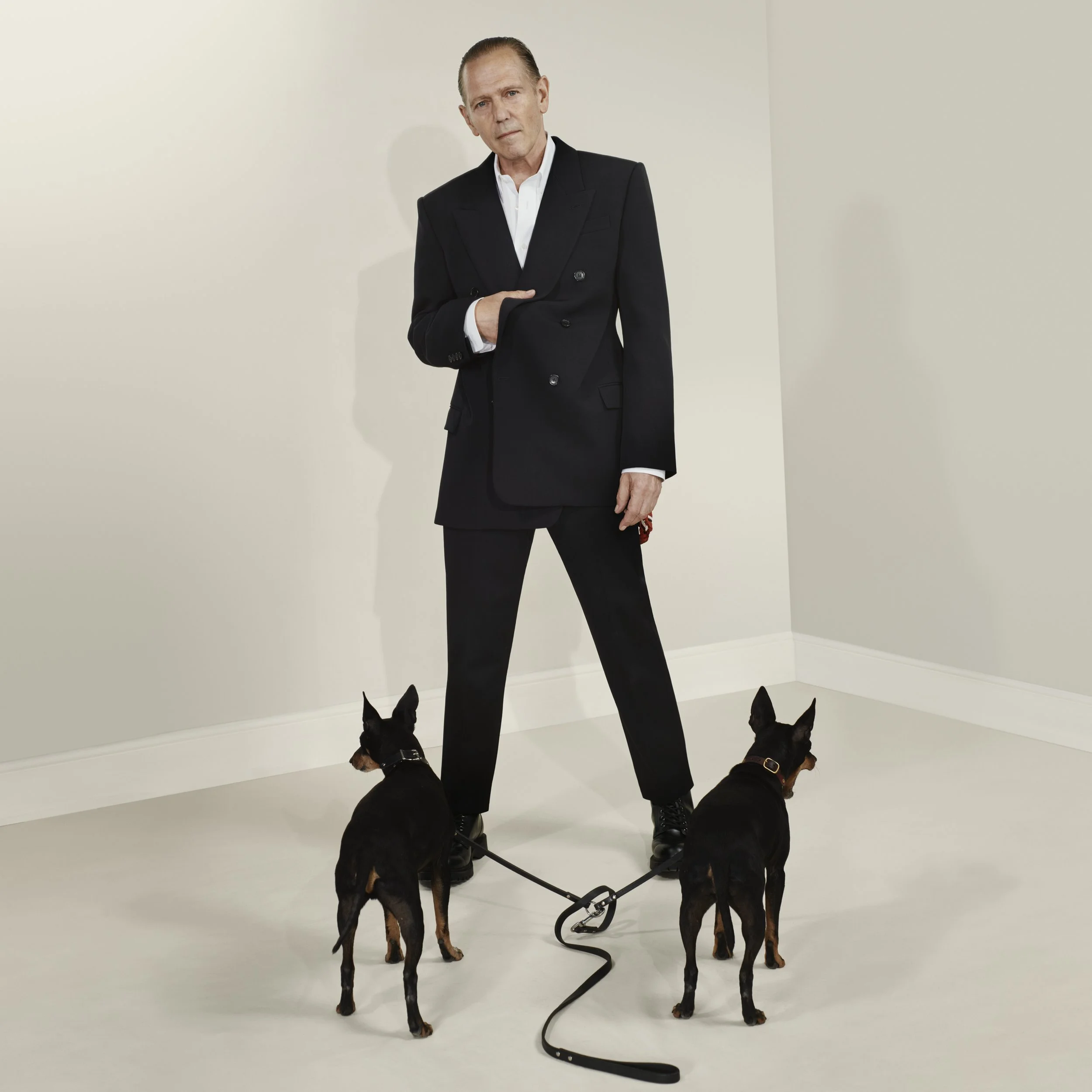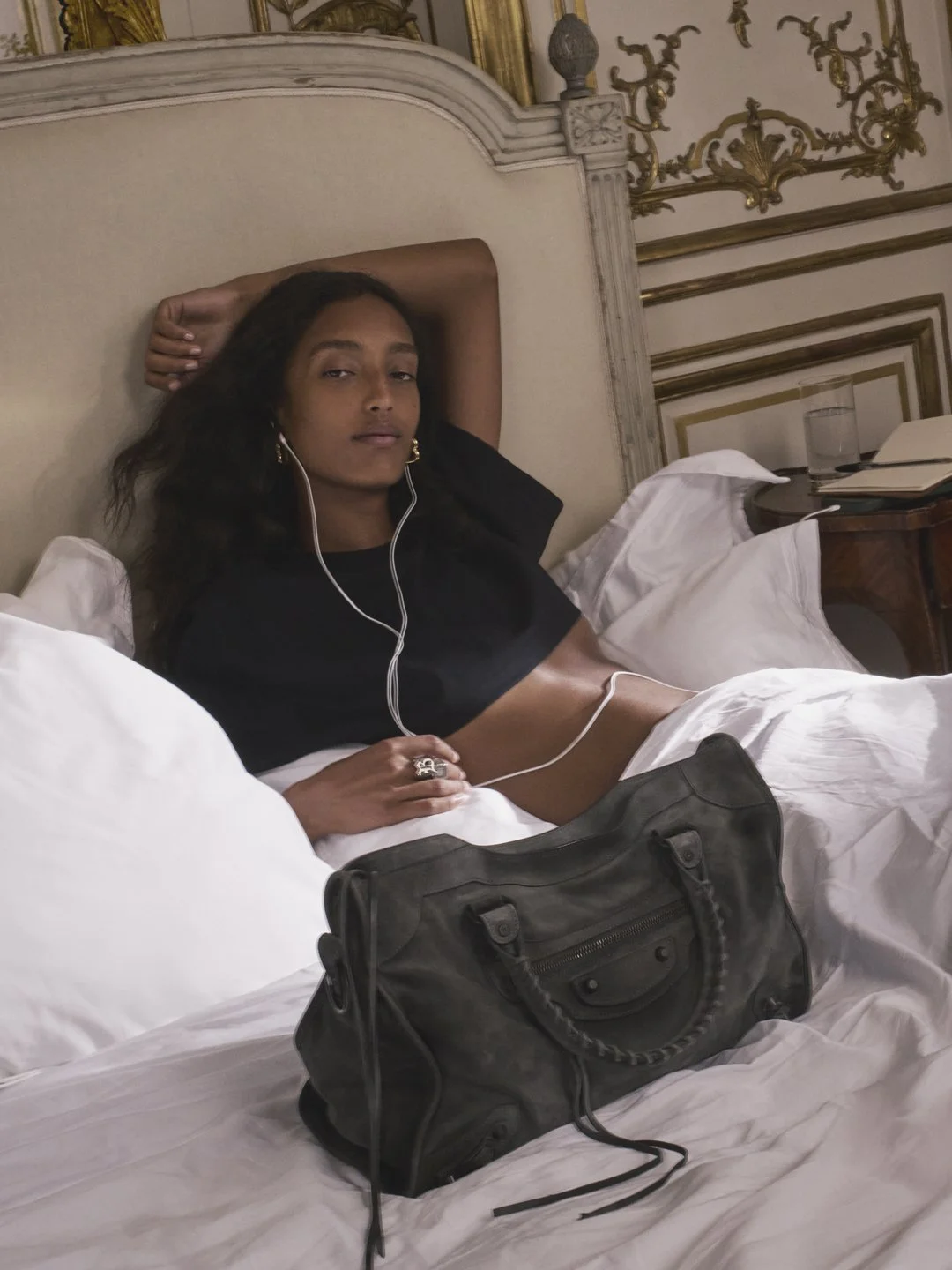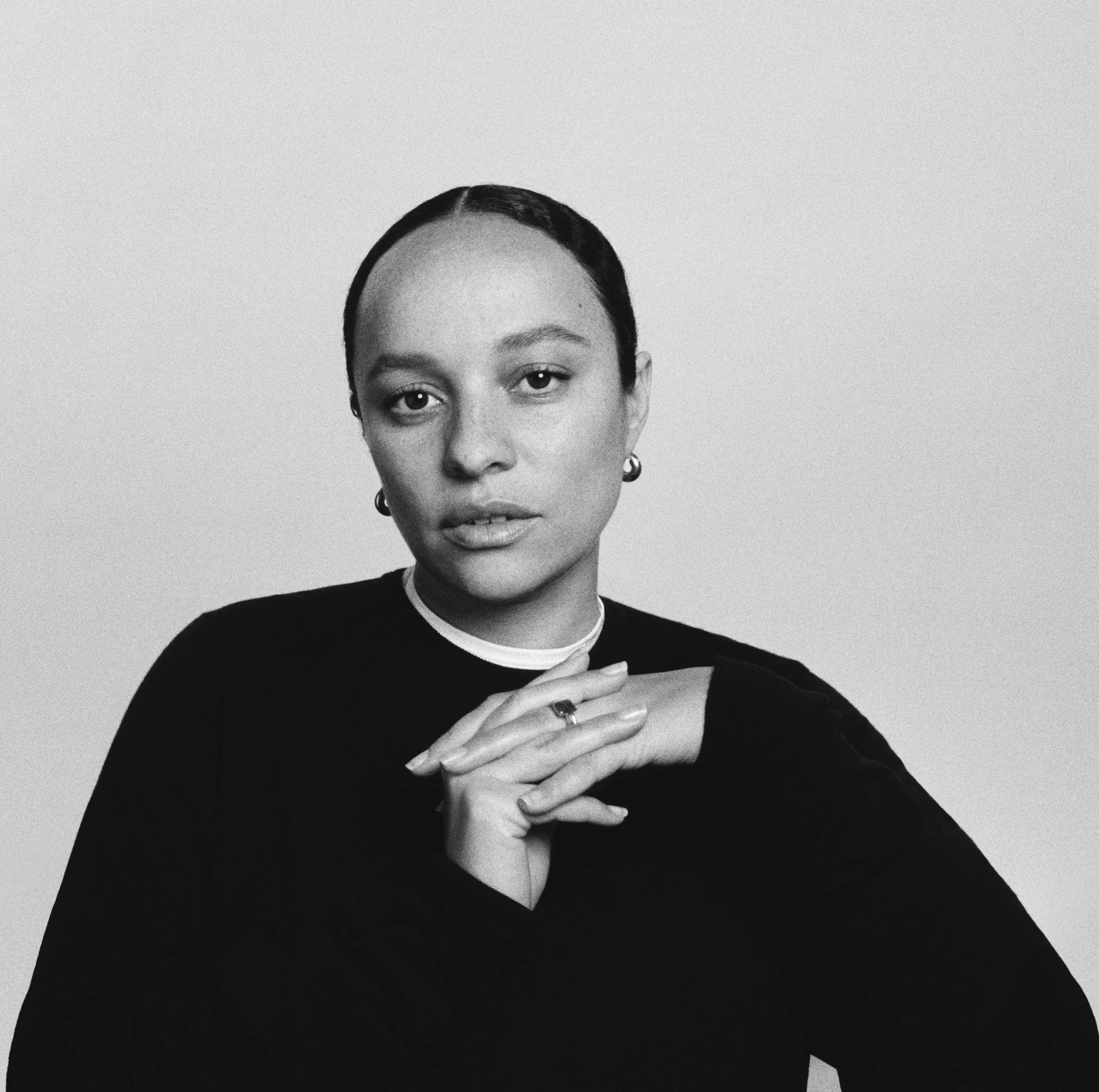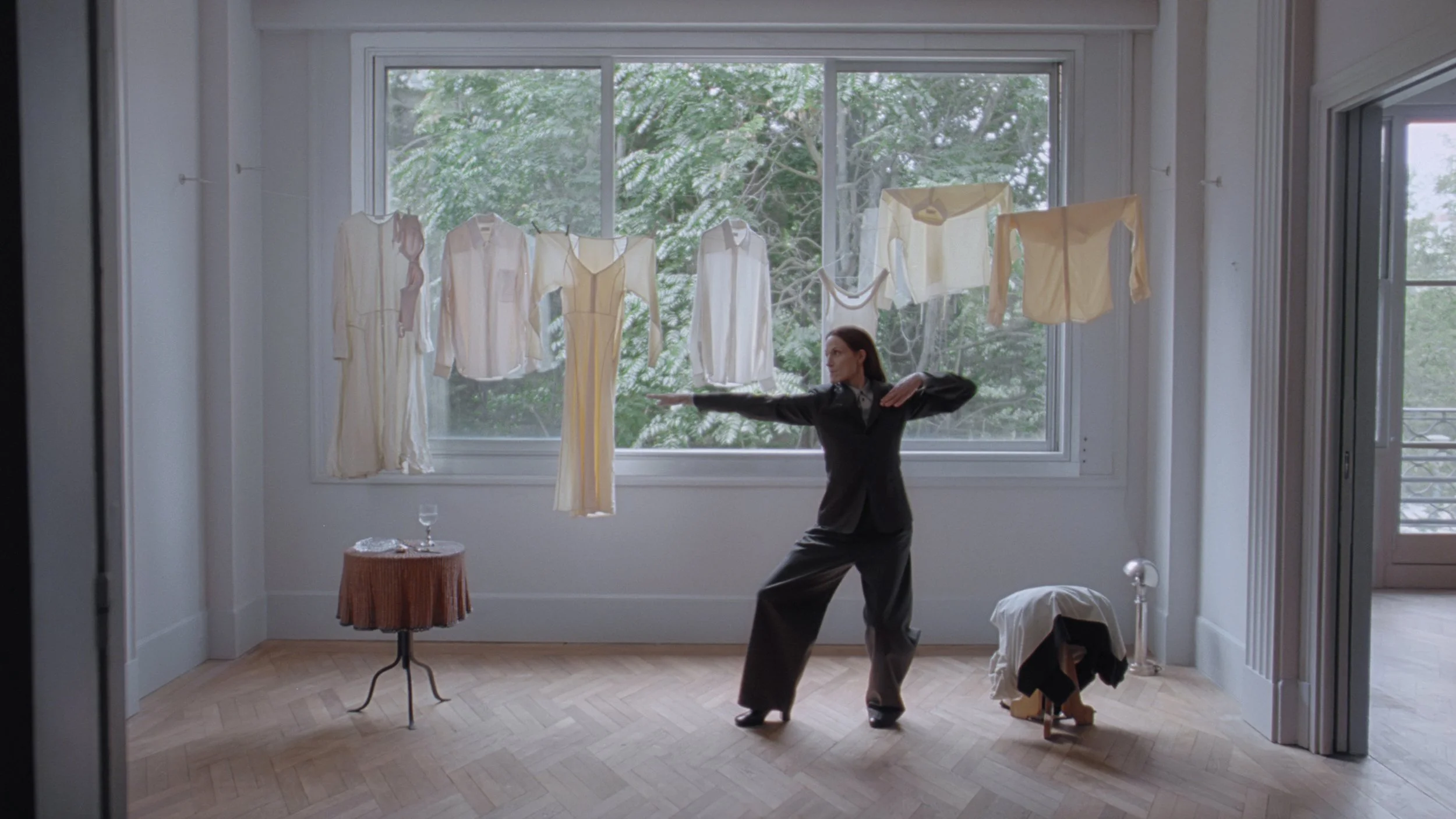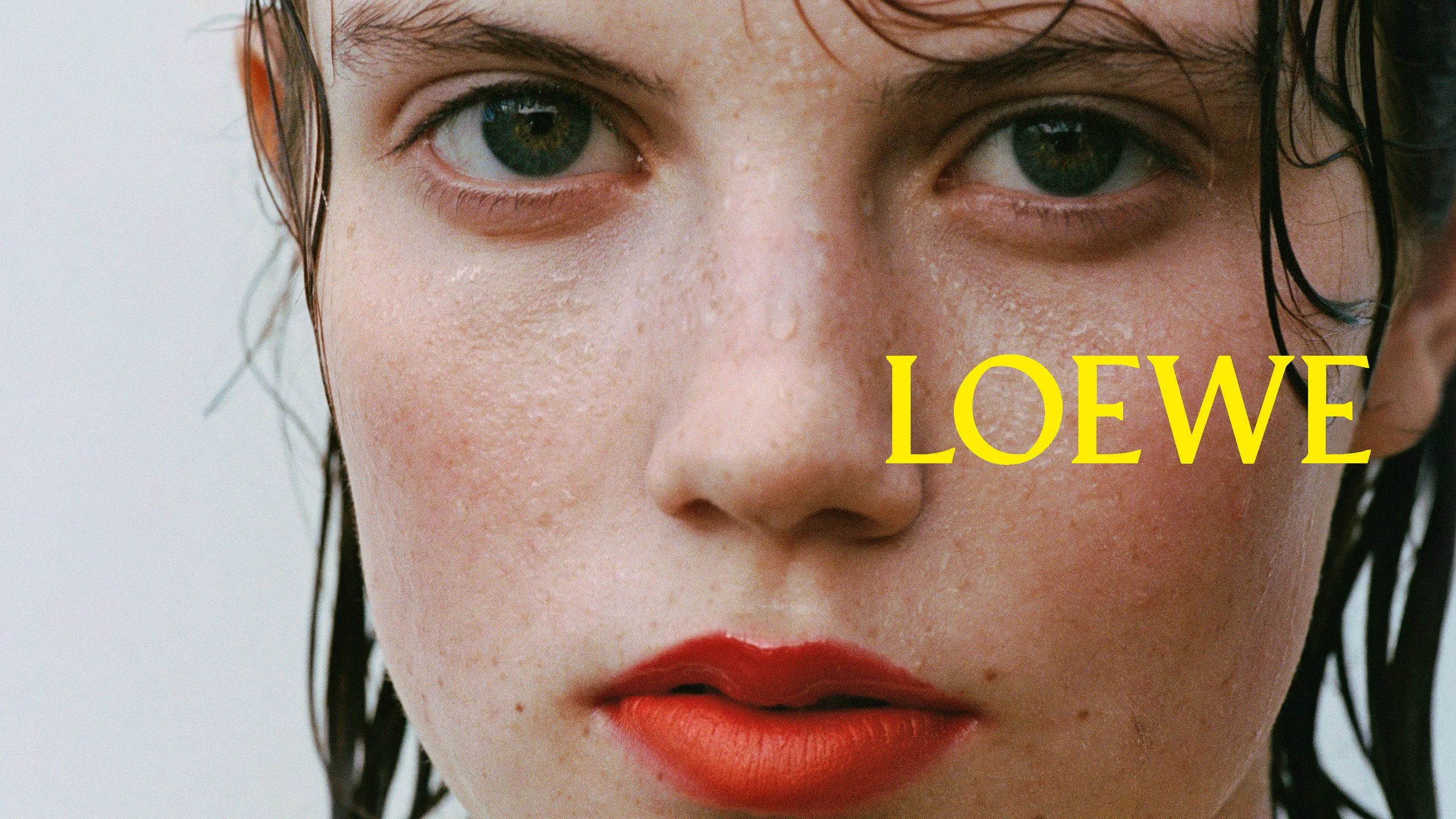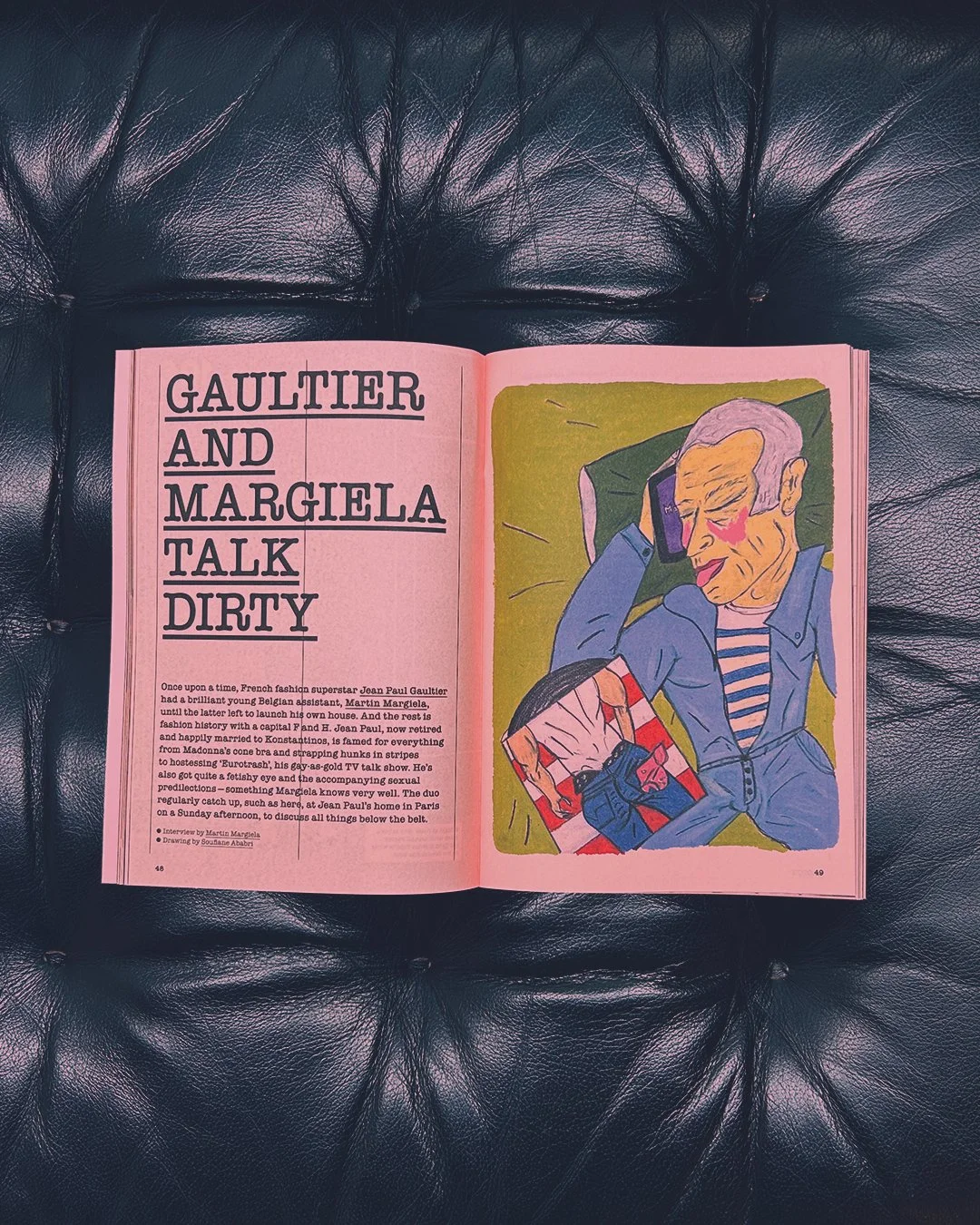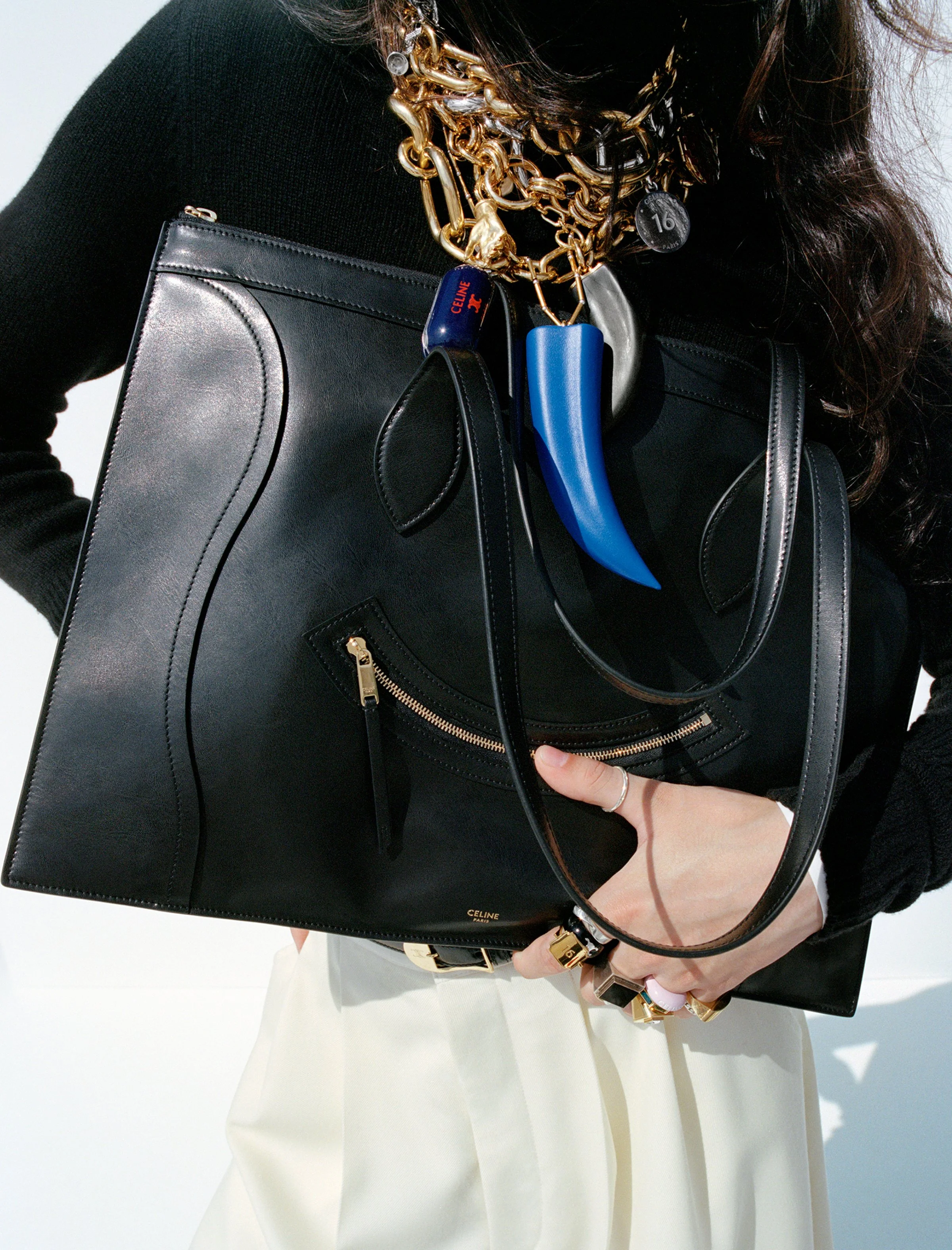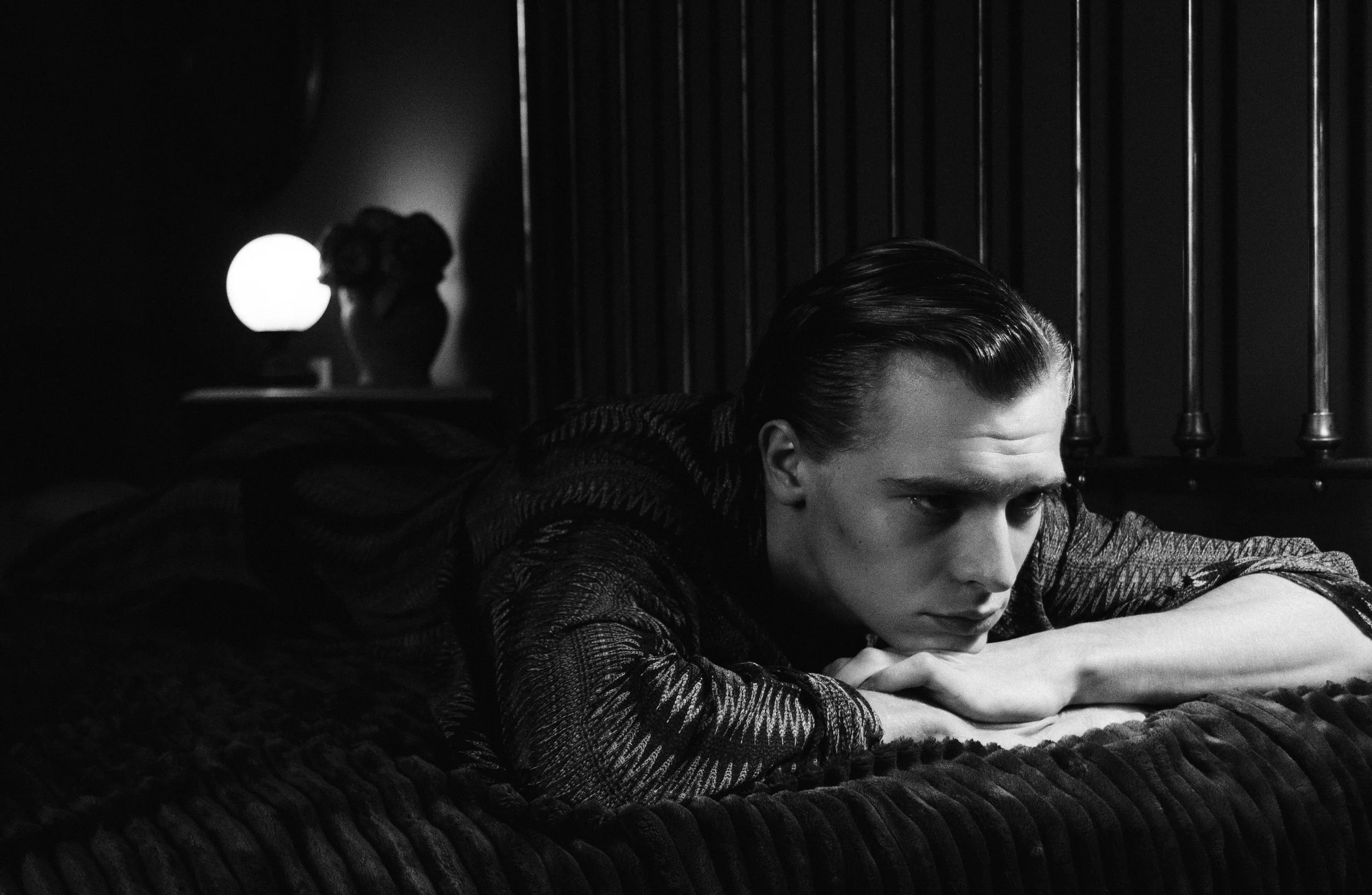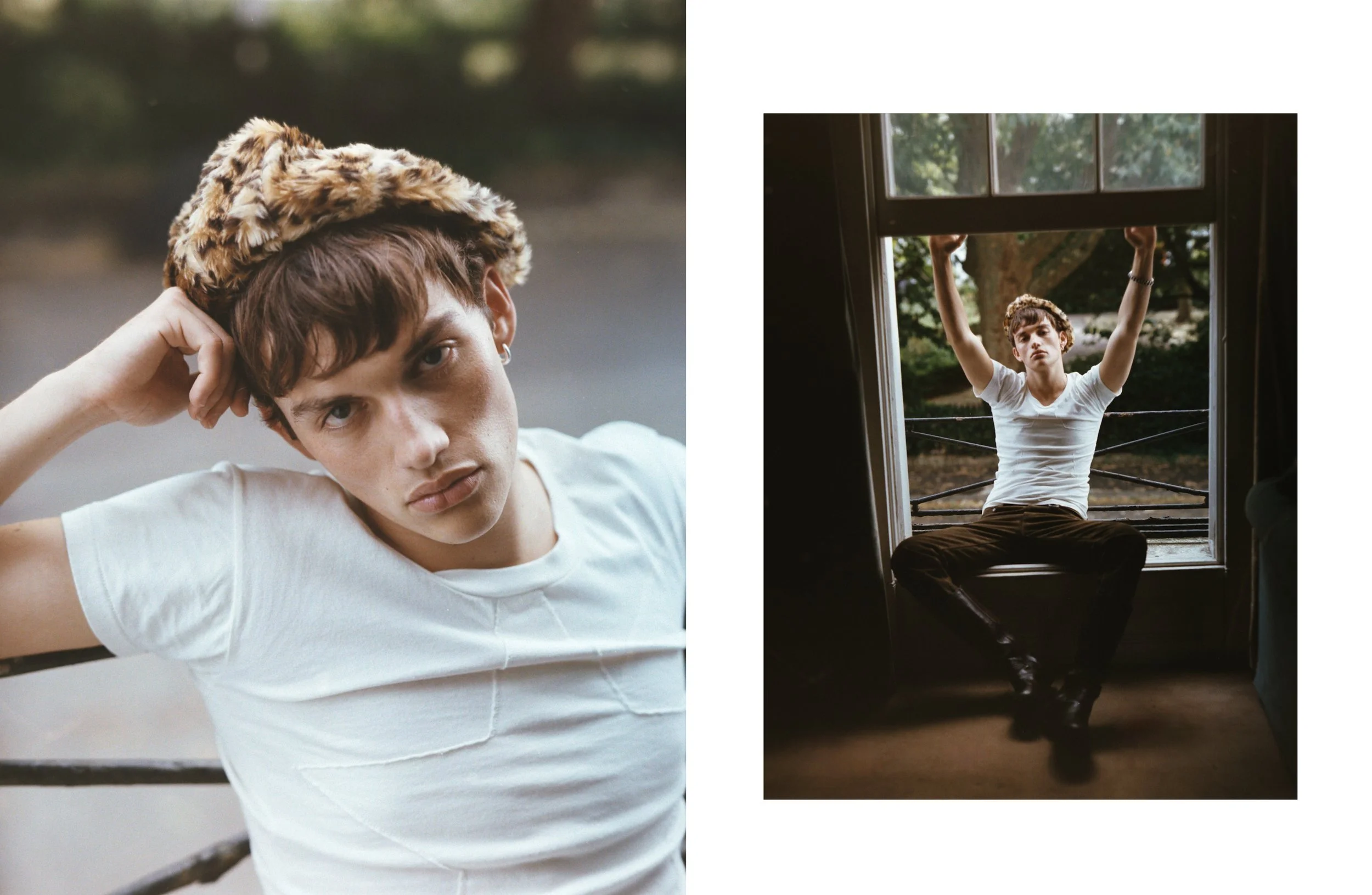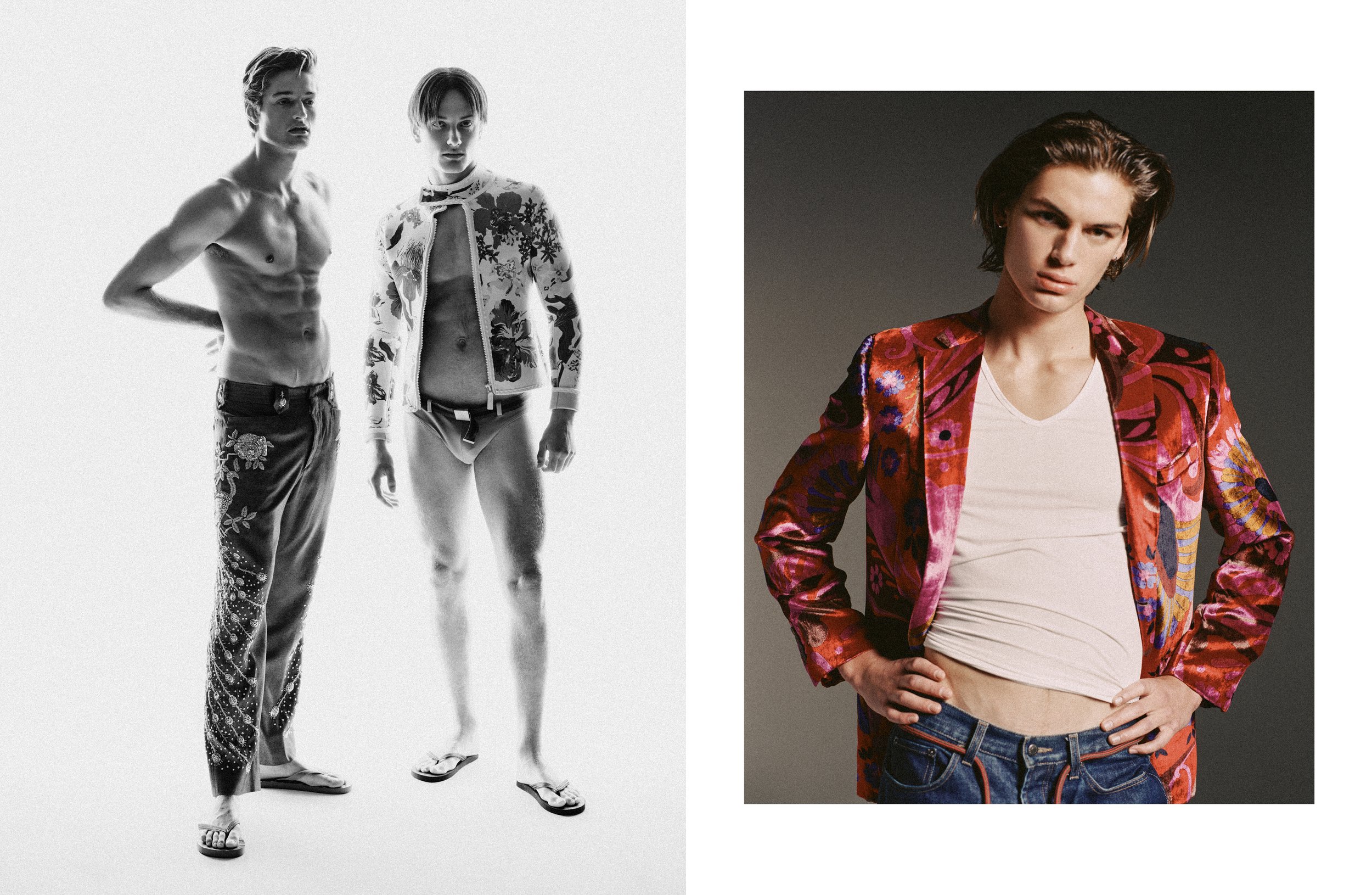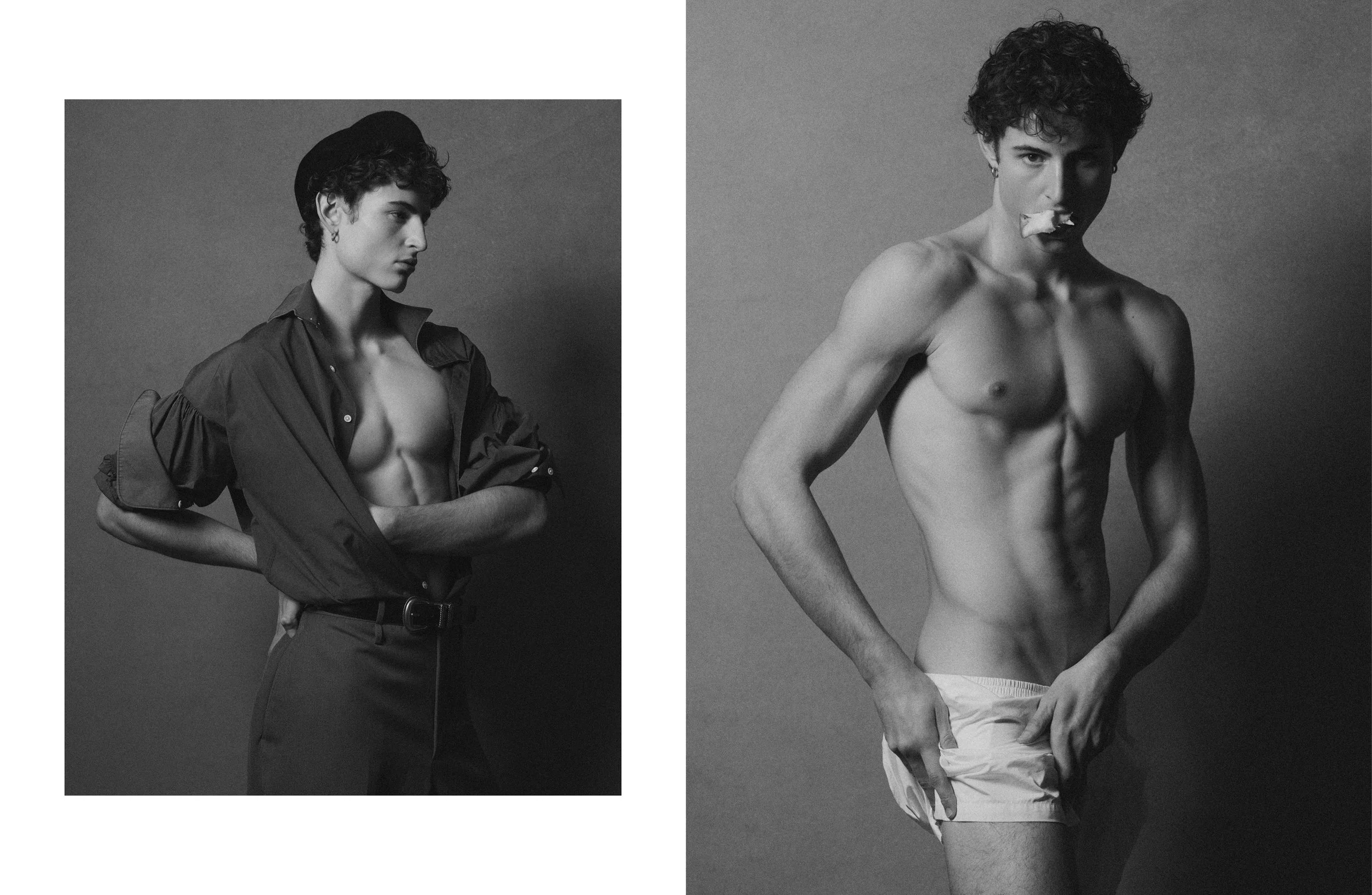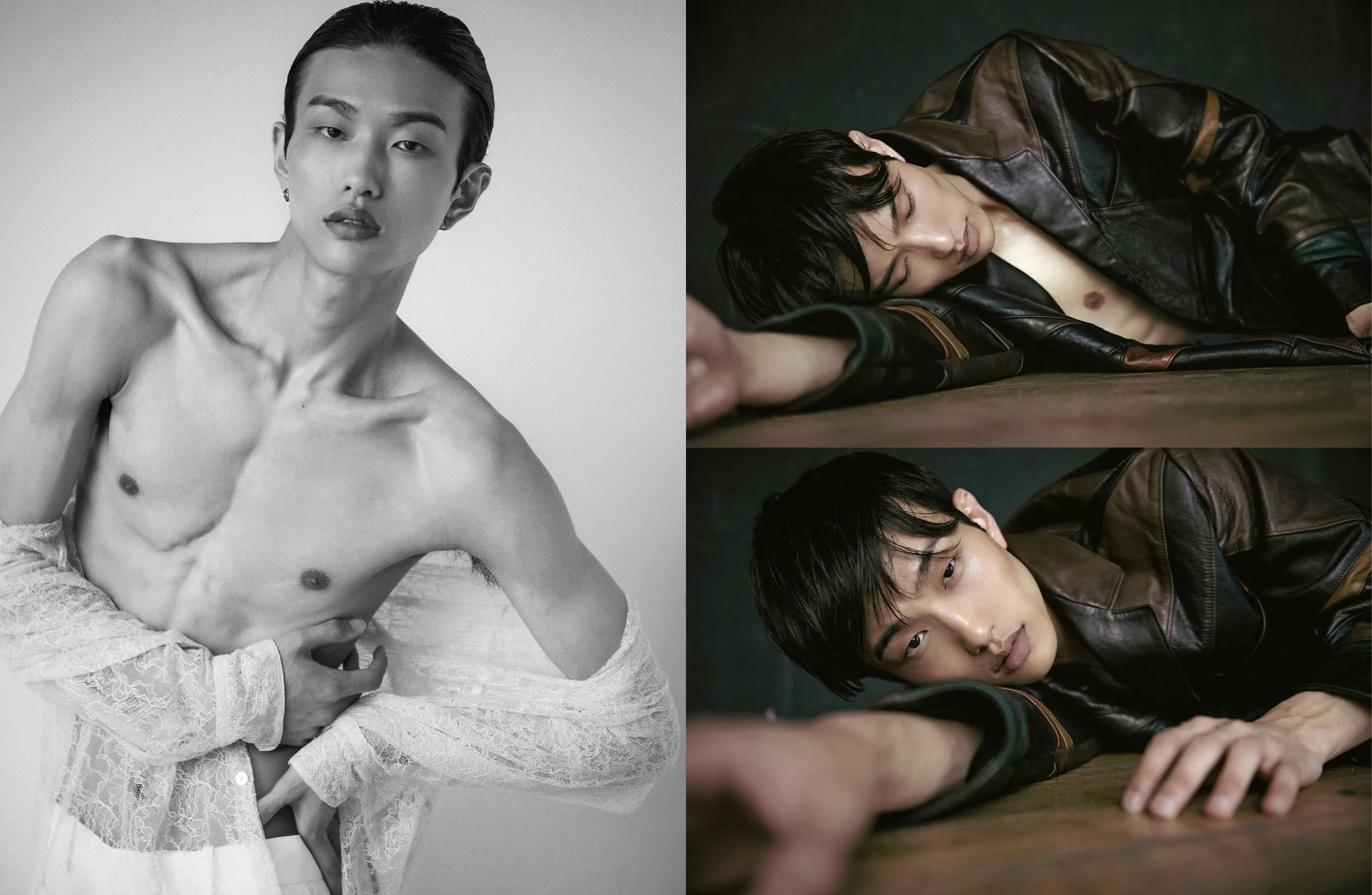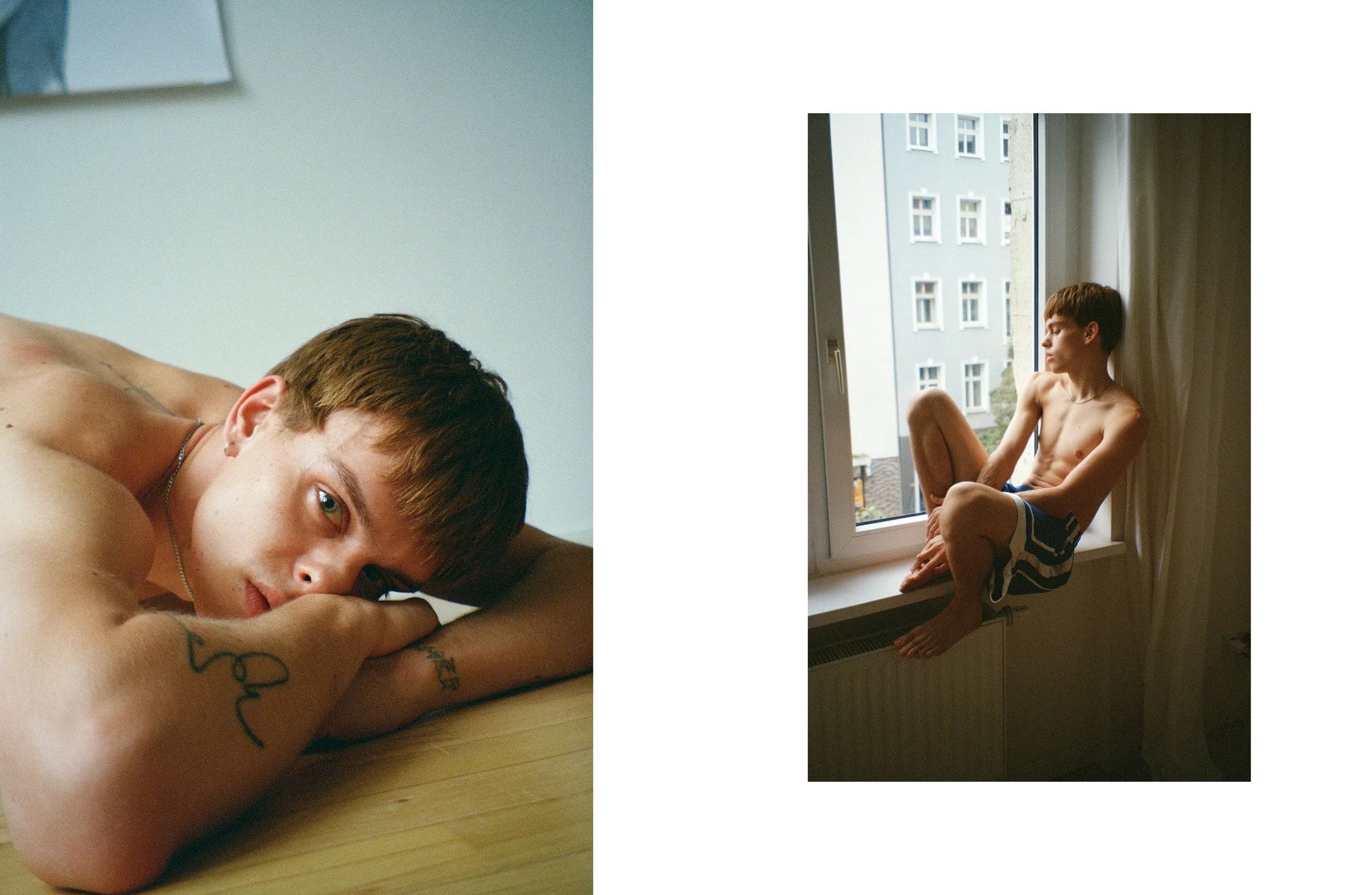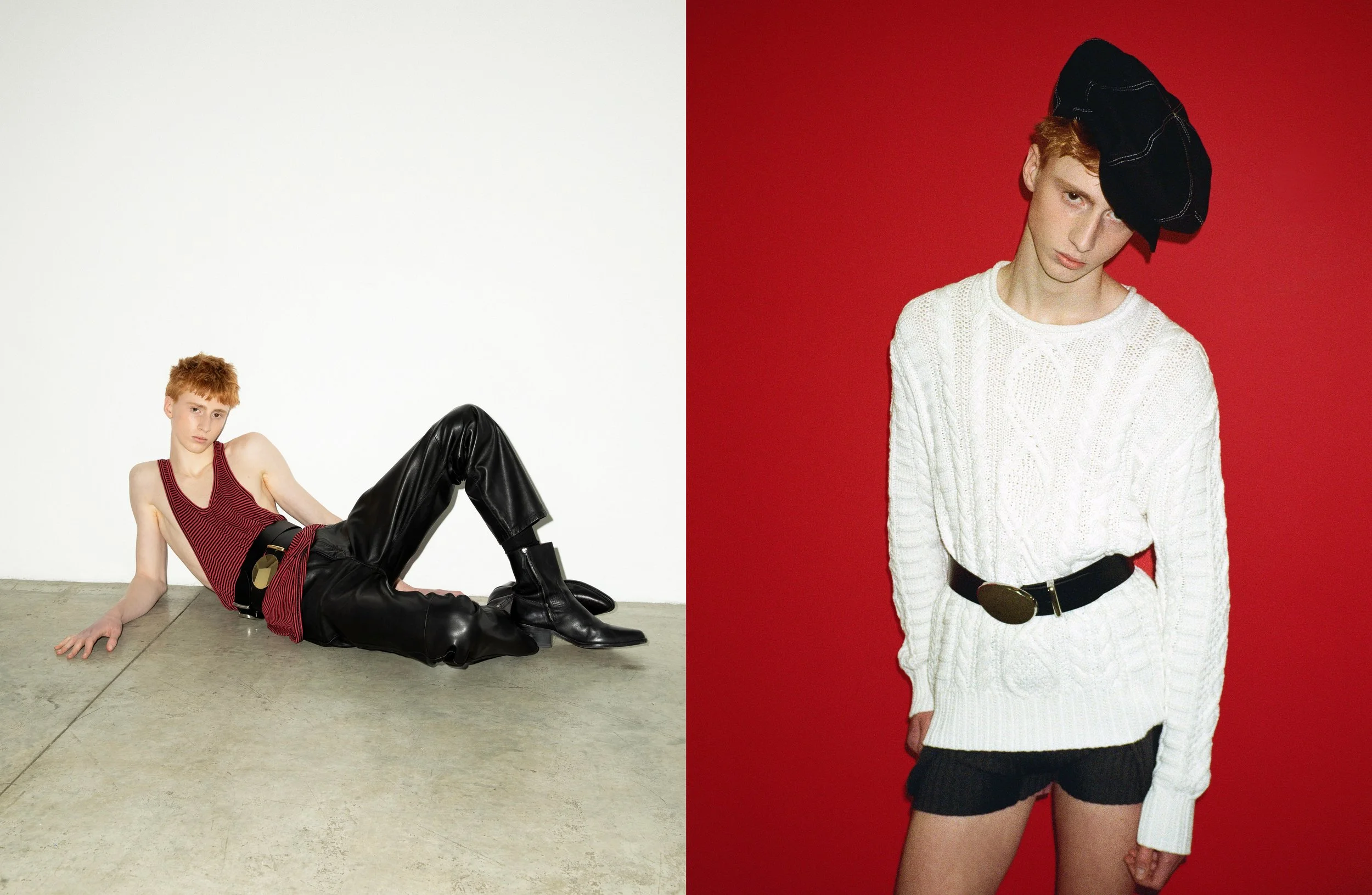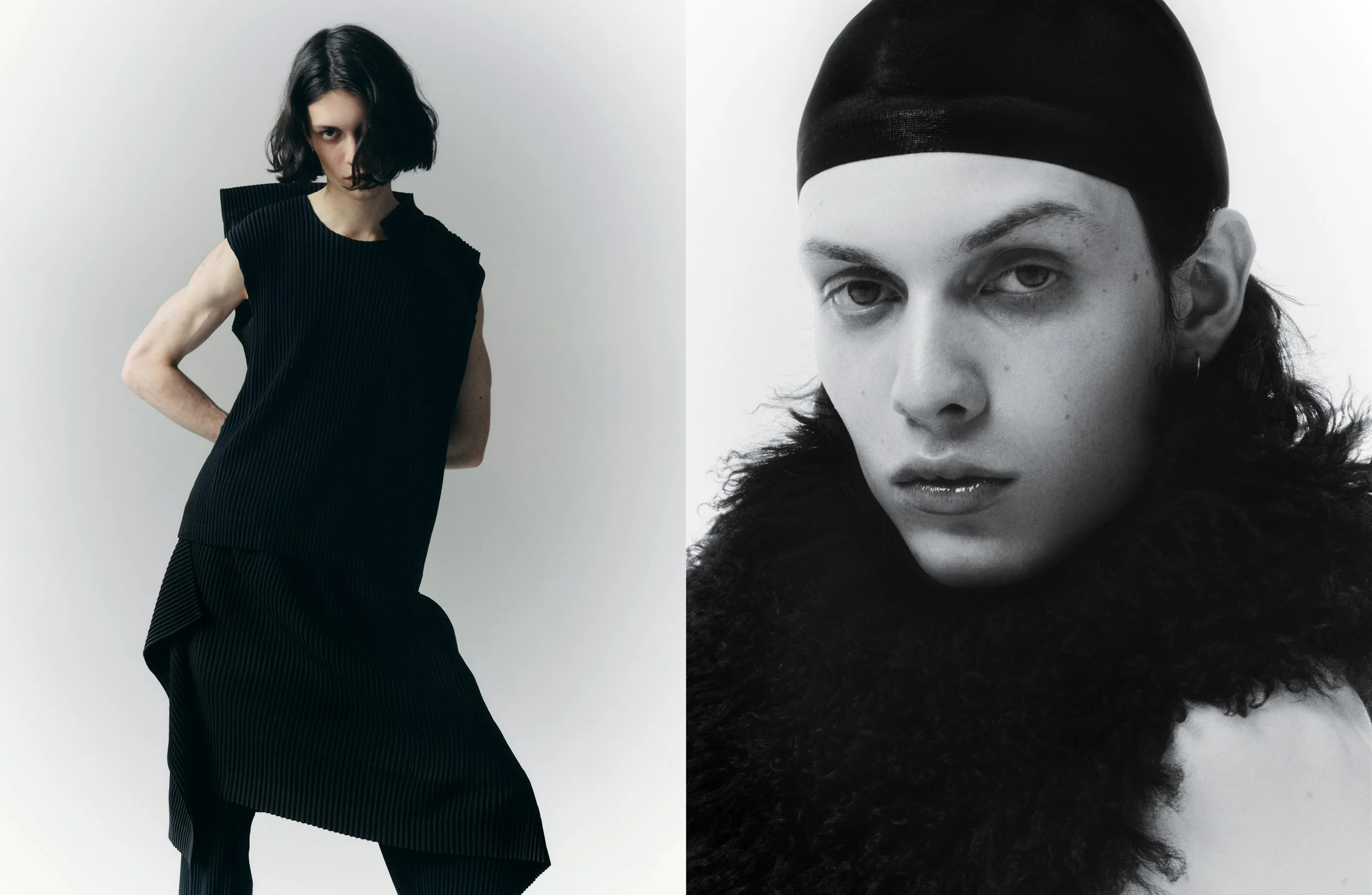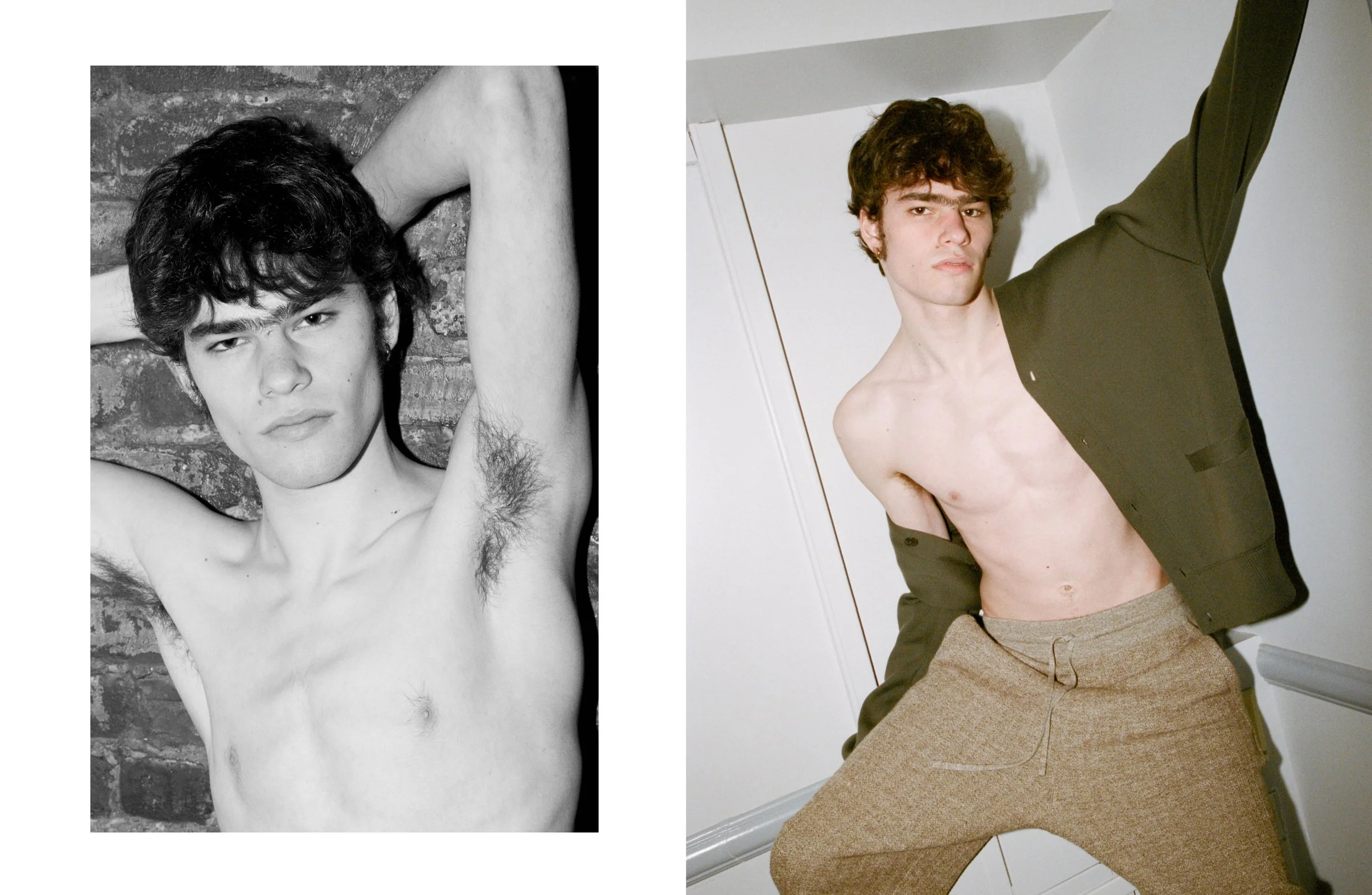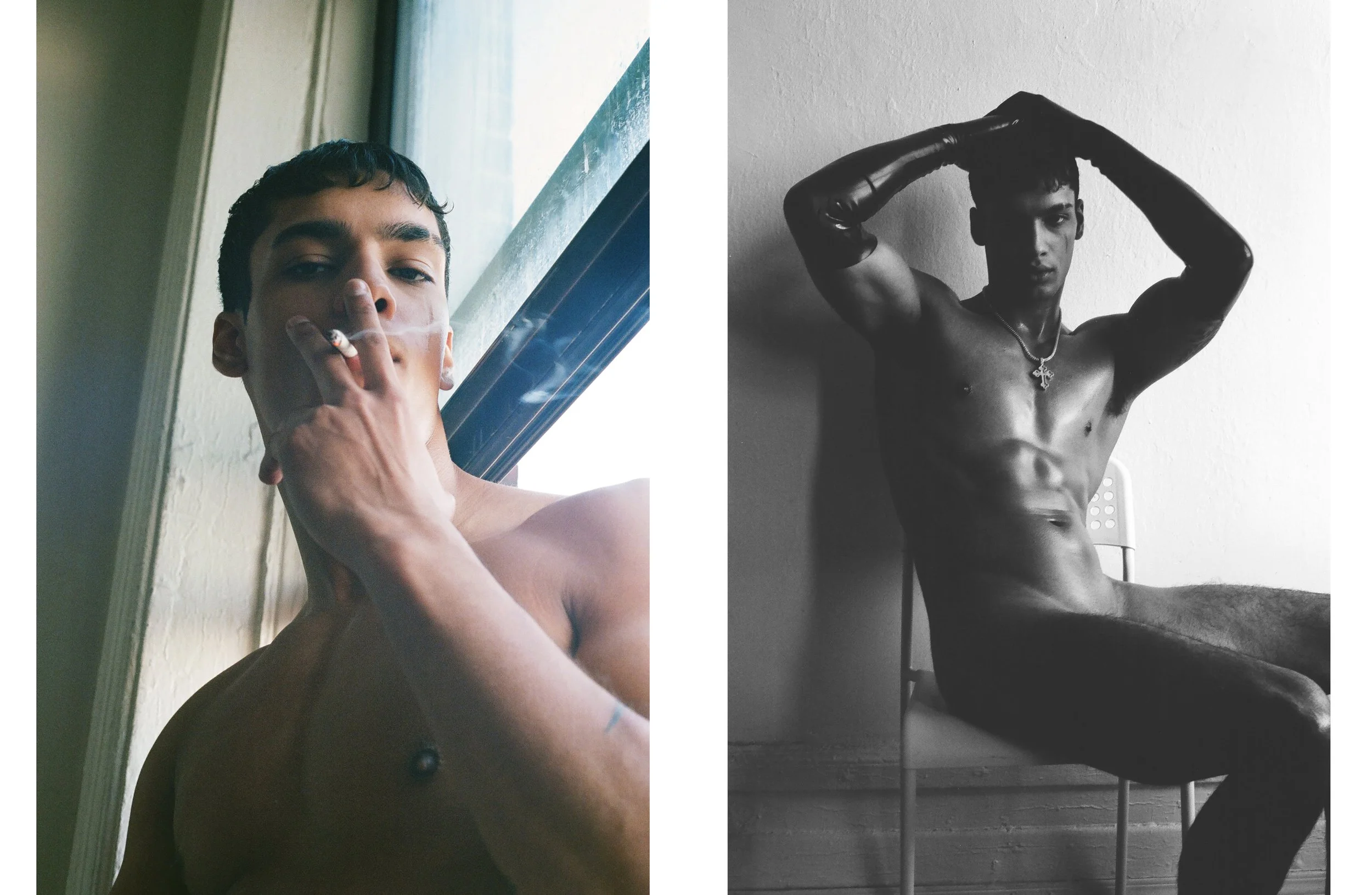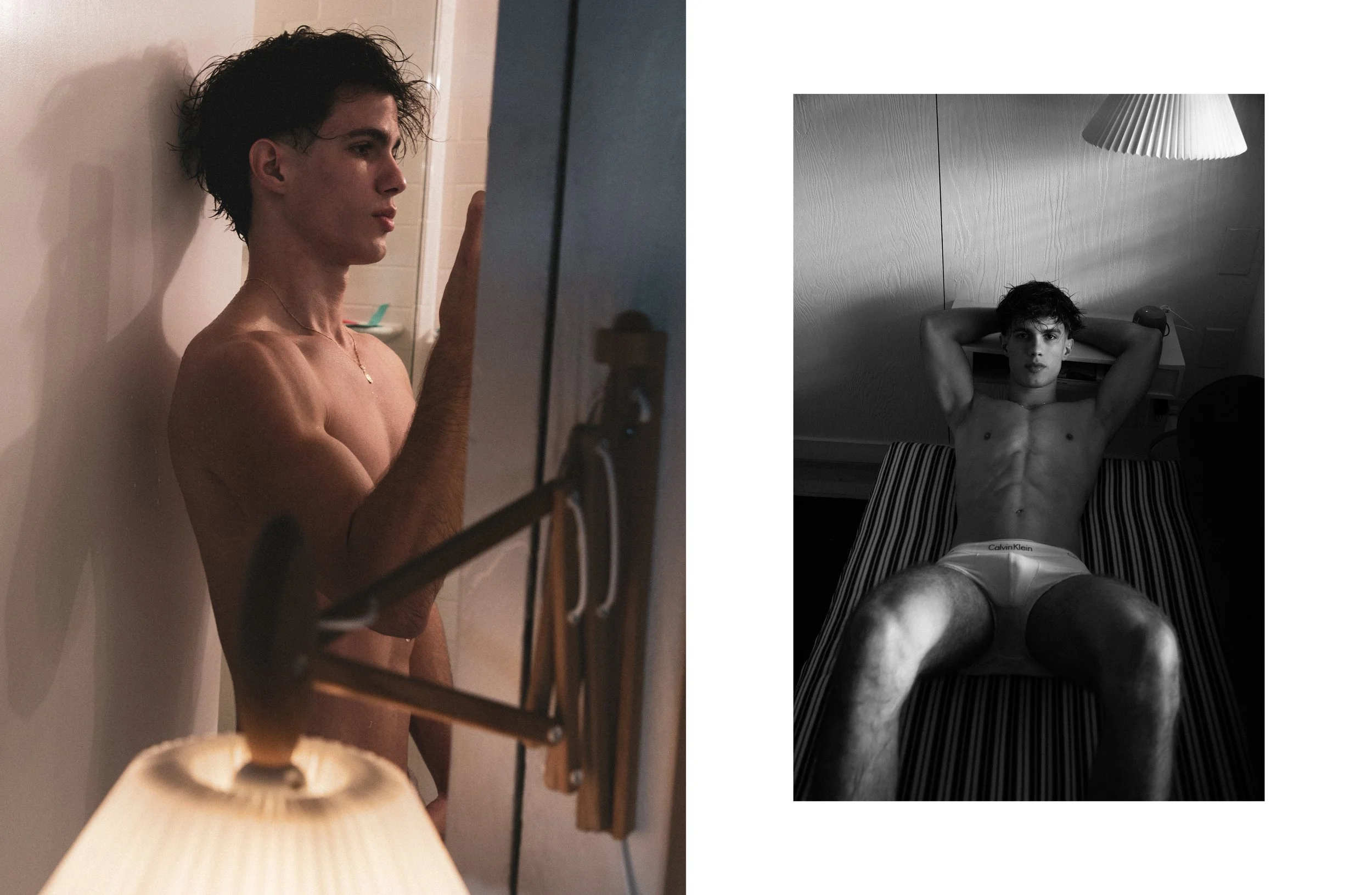Debuts are never easy. And Celine, as a maison, feels particularly hard. The past two creative directors—Phoebe Philo and Hedi Slimane—were not only commercially successful, but they also brought the brand into a new creative realm. Michael Rider has extremely large shoes to fill. But it’s not like he’s new to the brand. After a four-year stint at Nicolas Ghesquière’s Balenciaga, the American designer worked as design director for Philo’s Celine before joining Polo Ralph Lauren as creative director. In that sense, this wasn’t a debut at all, but a homecoming.
And while the biography might seem unnecessary, the fact of the matter is, Spring 2026 speaks to all the roads Rider has walked. There’s a deep respect for Philo’s Celine (one he was so intimately intertwined with) in nipped-in tailoring and a thematic proclivity toward scarves. Ghesquière’s influences came through in exaggerated shoulders and vibrant colours on cropped jackets. His own time at Ralph Lauren sowed in an almost comical preppiness. Striped rugby polos swallowed models, extending far beyond their expected limitations. Tight argyle sweaters were painted on the body.
Despite all the references Rider designed with—and the undeniable pressure a designer feels knowing that every single keyboard critic will be typing faster than they can think—what was most remarkable was the collection’s sense of whimsy. Maximalist necklaces turned a tangled jewellery nightmare into the chicest accessory. In a belted leather jacket, a simple charm bracelet took over the whole arm, jiggling down the runway in a metallic cacophony. Elsewhere, a thick fringed dress is remarkable in its structure and becomes increasingly more interesting upon closer inspection, revealing it’s entirely made up of Celine tags.
Accessories were an undeniable high point. Flat monogrammed totes felt fresh, while a reimagined Luggage Tote had our teenage hearts fluttering. Slouchy bags in soft yellow, structured minis in snakeskin, structured vanity cases carried on the wrist: Rider speaks a language we can understand.
Scarves—long a Philo signature and a maison code, not unlike the ever-popular Triomphe symbol—punctuated the collection. Whether draped under the lapel of structured coats, bunched at the collar, or gathered around the neck, Rider shows he understands that, beyond clothes and accessories, he must sell a way of dressing. Here, it’s uncomplicated, it’s fun, it’s chic, and, most important of all, it’s aspirational. Spring 2026 was a success not only because Rider knows what he’s doing, but because he knows where he’s going.
Words by Pedro Vasconcelos
